Pictures of the Saints' starting offense and defense, according to the team's depth chart.
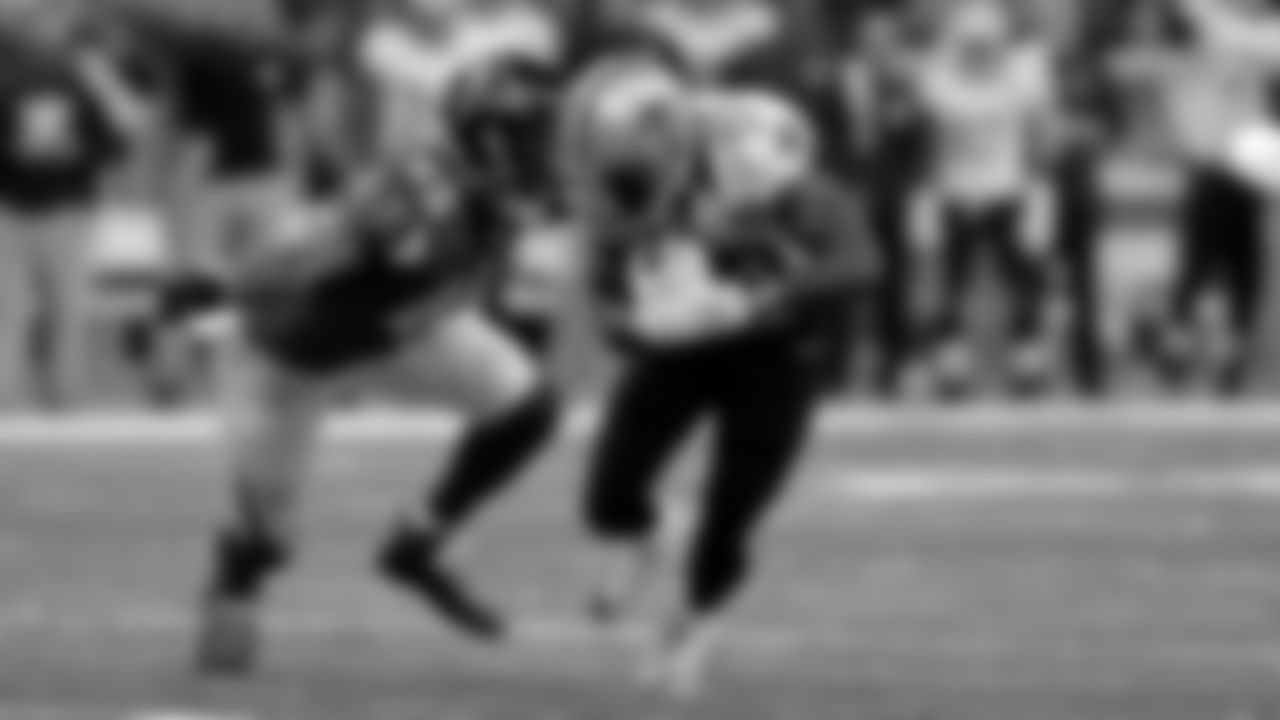
10 WR Brandin Cooks
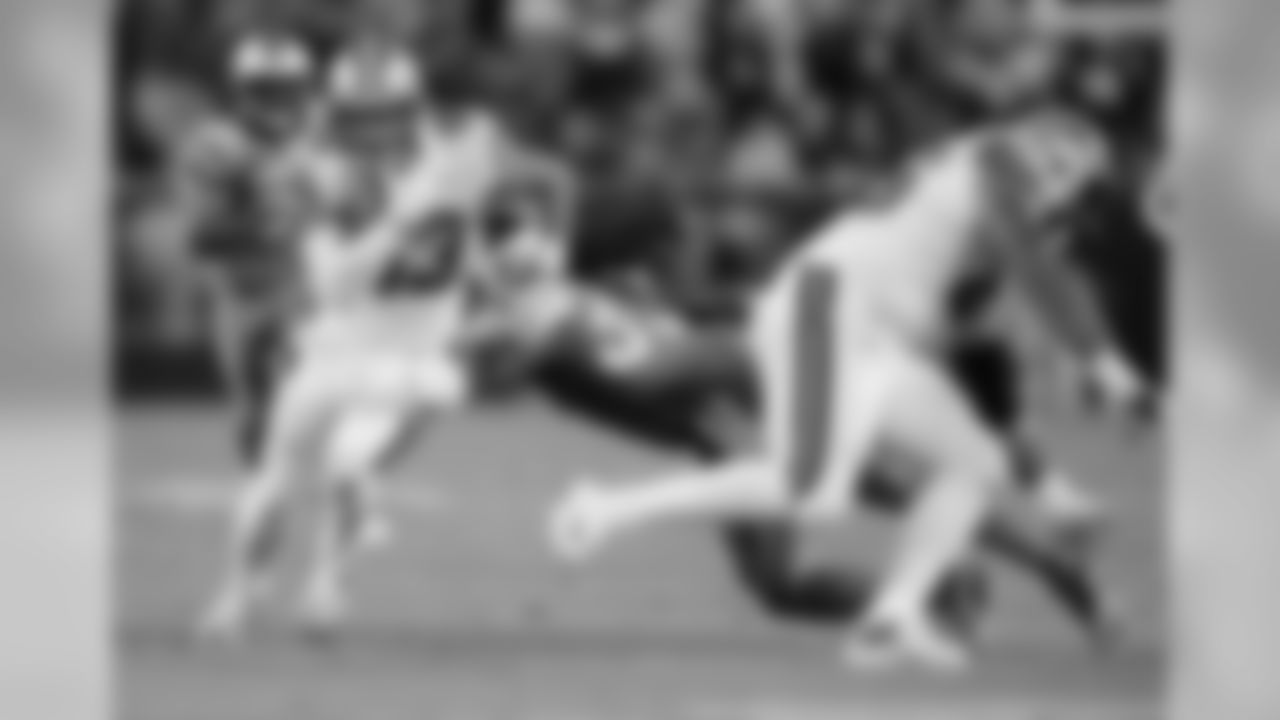
83 WR Willie Snead

72 LT Terron Armstead
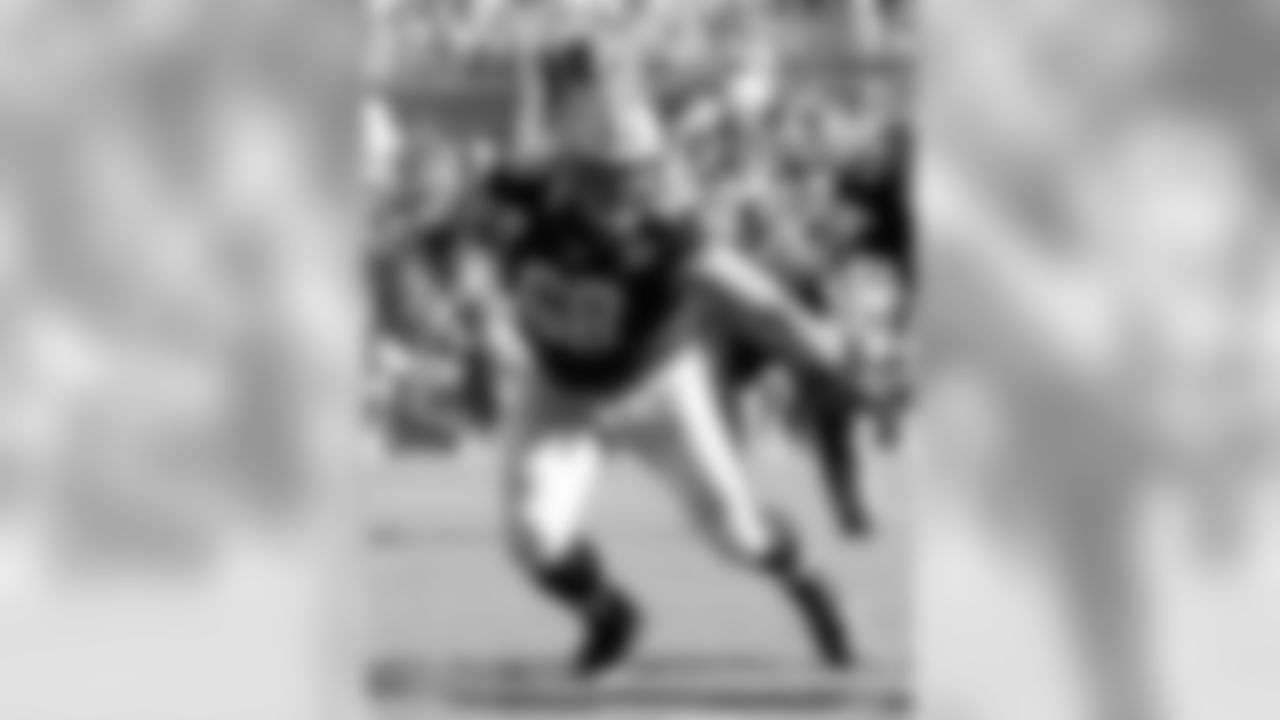
68 LG Tim Lelito
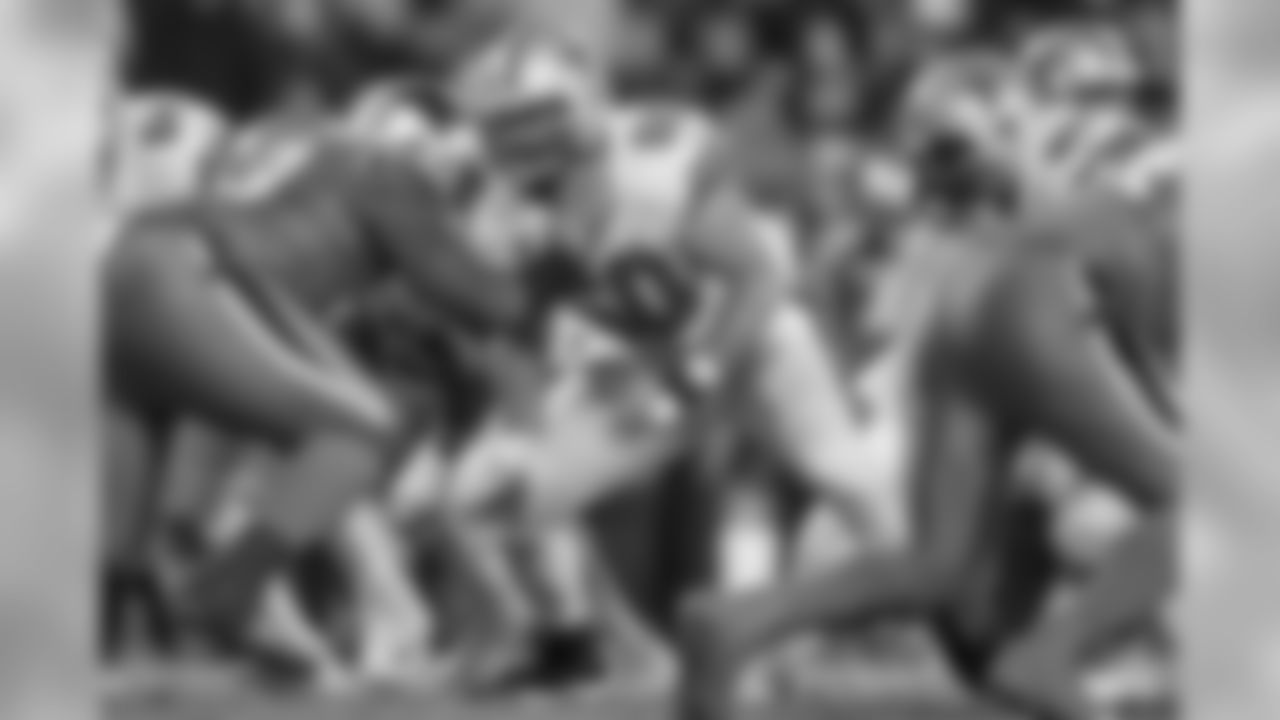
60 C Max Unger
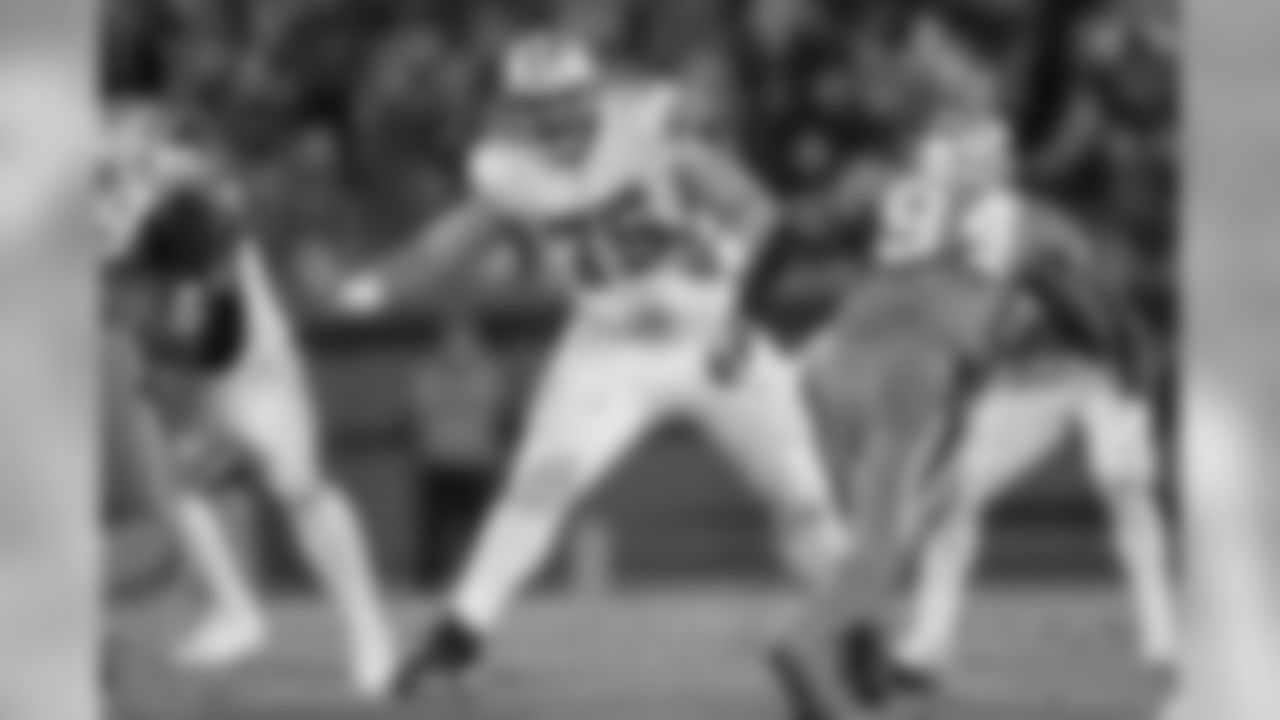
75 RG Andrus Peat
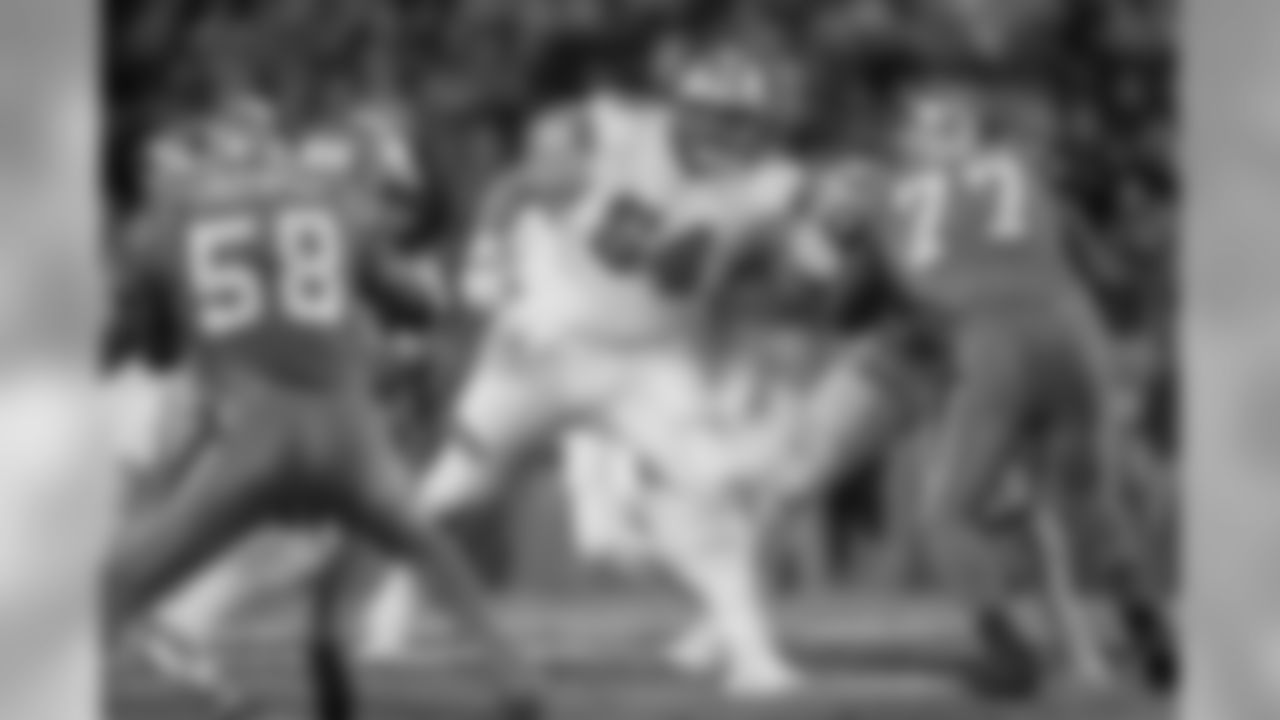
64 RT Zach Strief
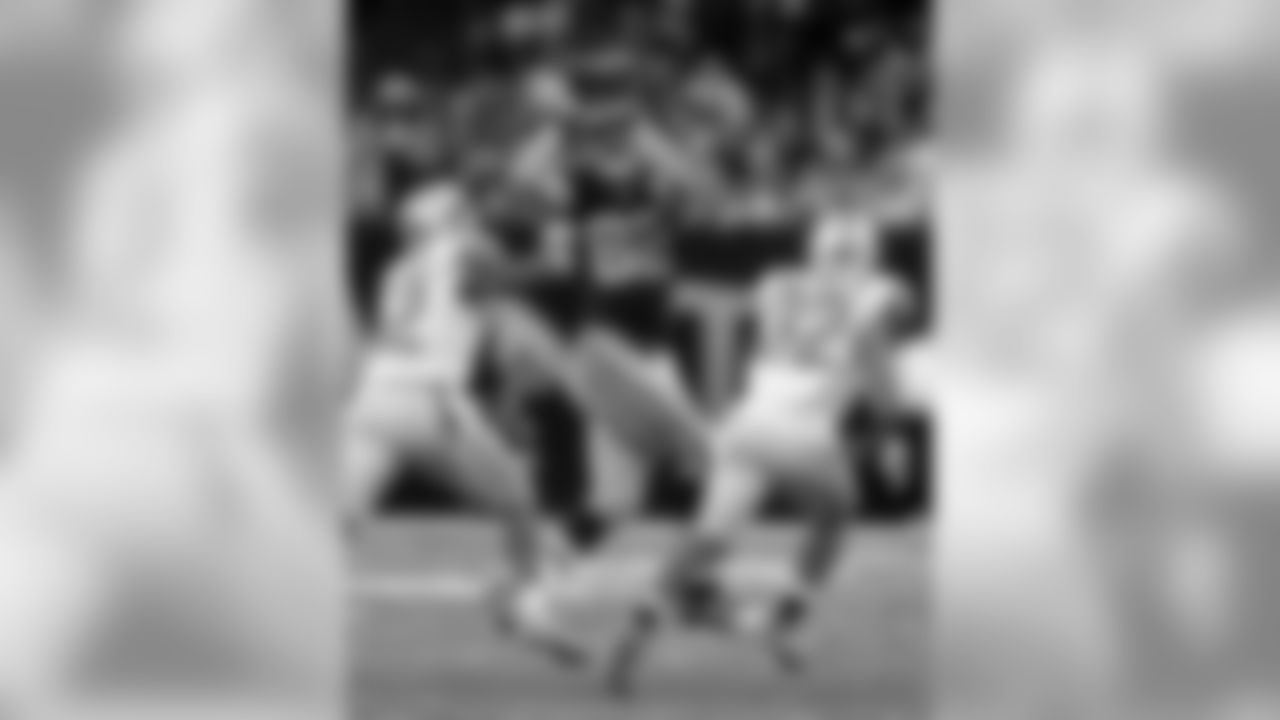
82 TE Coby Fleener
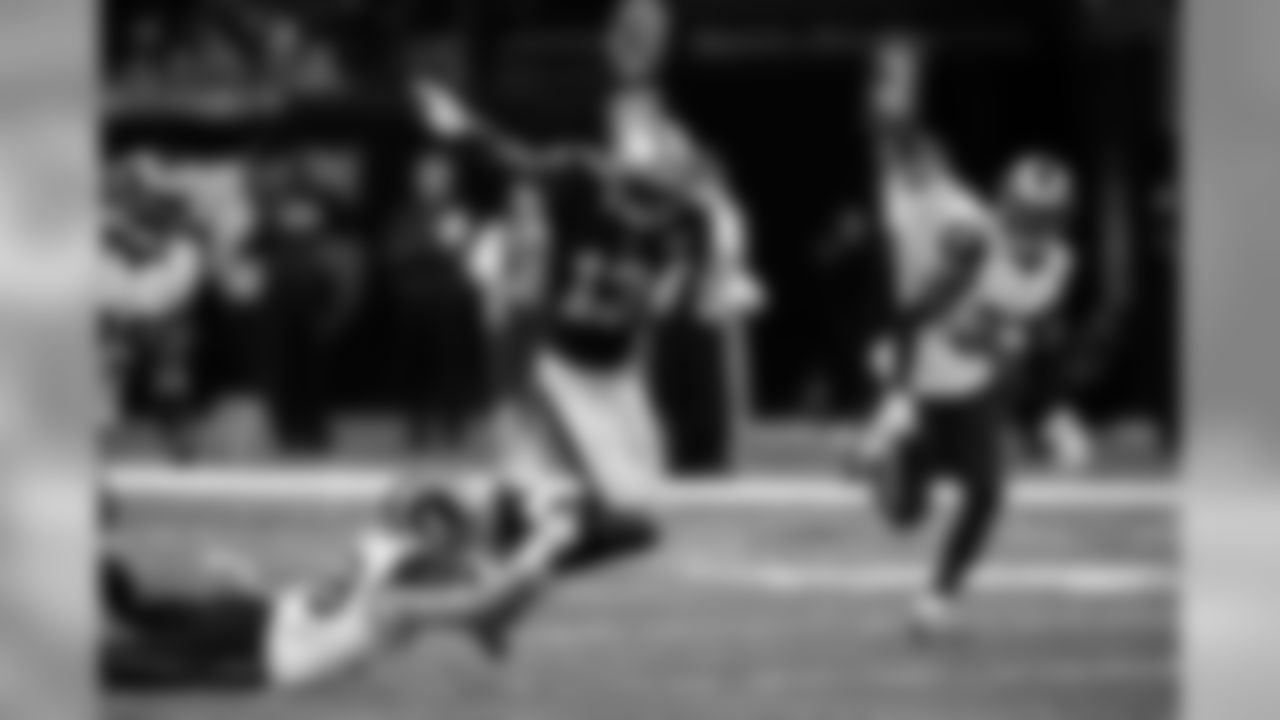
13 WR Michael Thomas

9 QB Drew Brees

22 RB Mark Ingram

29 FB John Kuhn
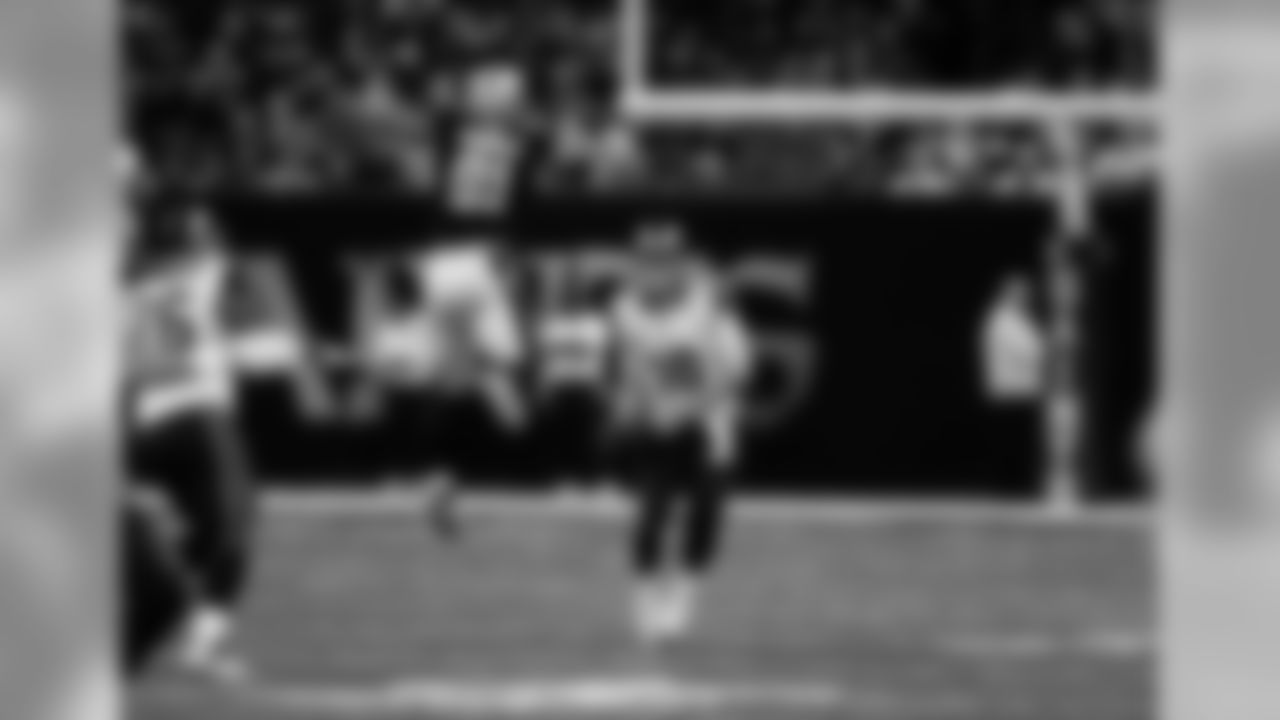
91 DE Kasim Edebali
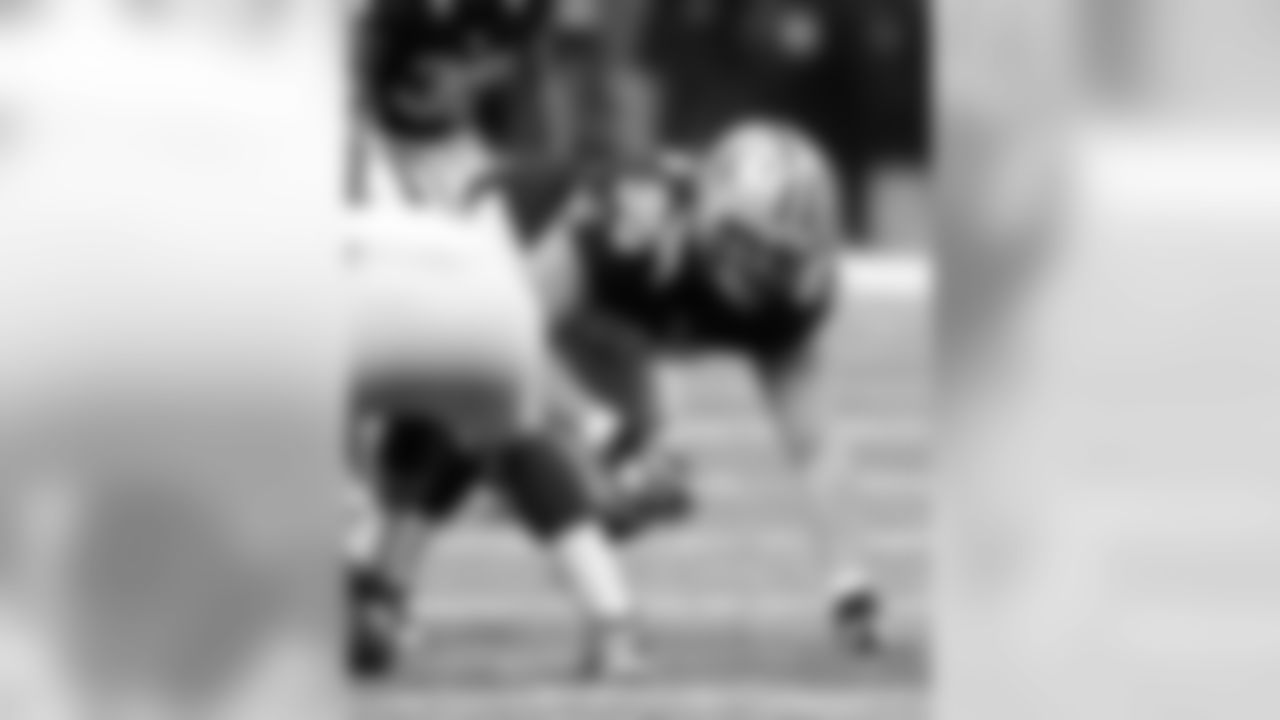
95 DT Tyeler Davison
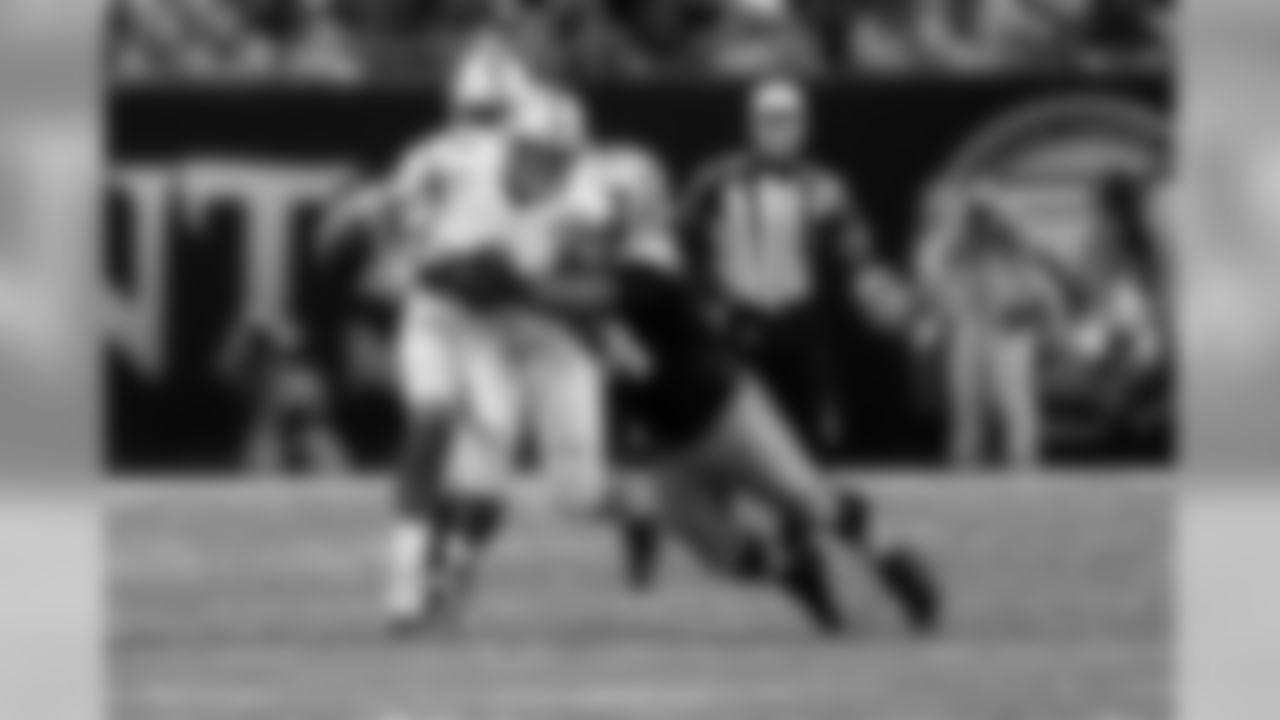
98 DT Sheldon Rankins

94 DE Cameron Jordan
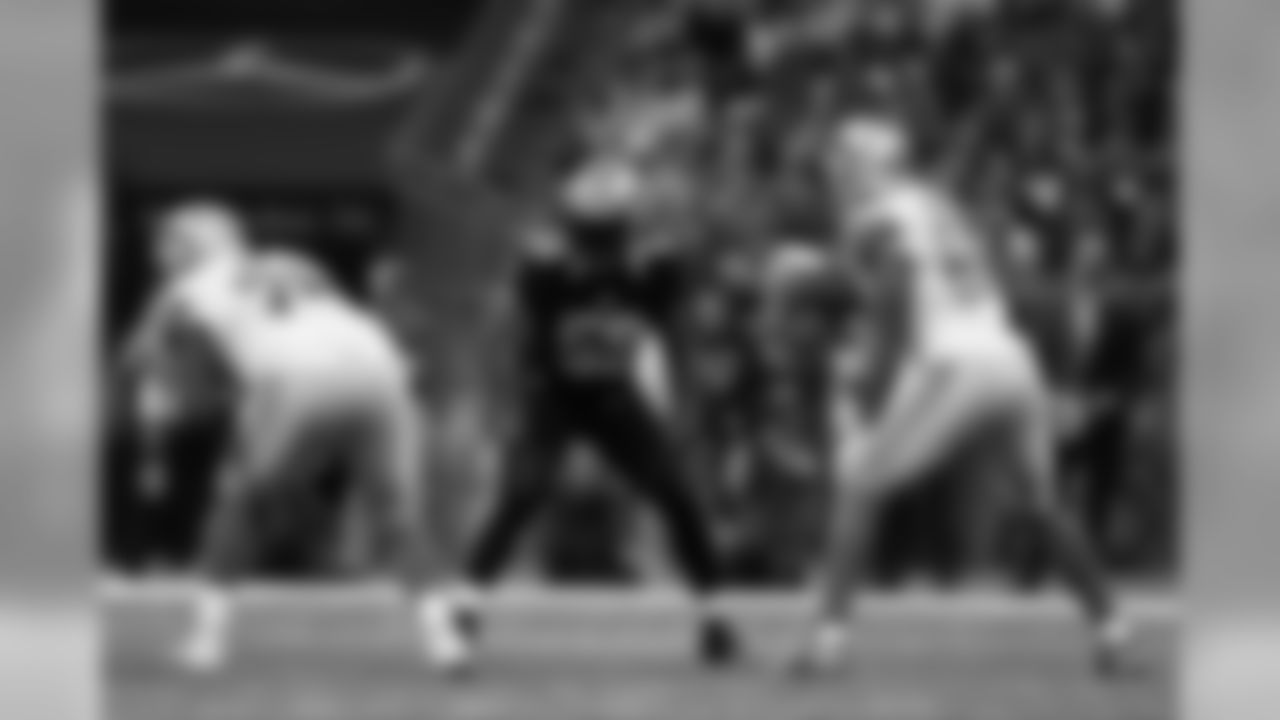
59 LB Dannell Ellerbe
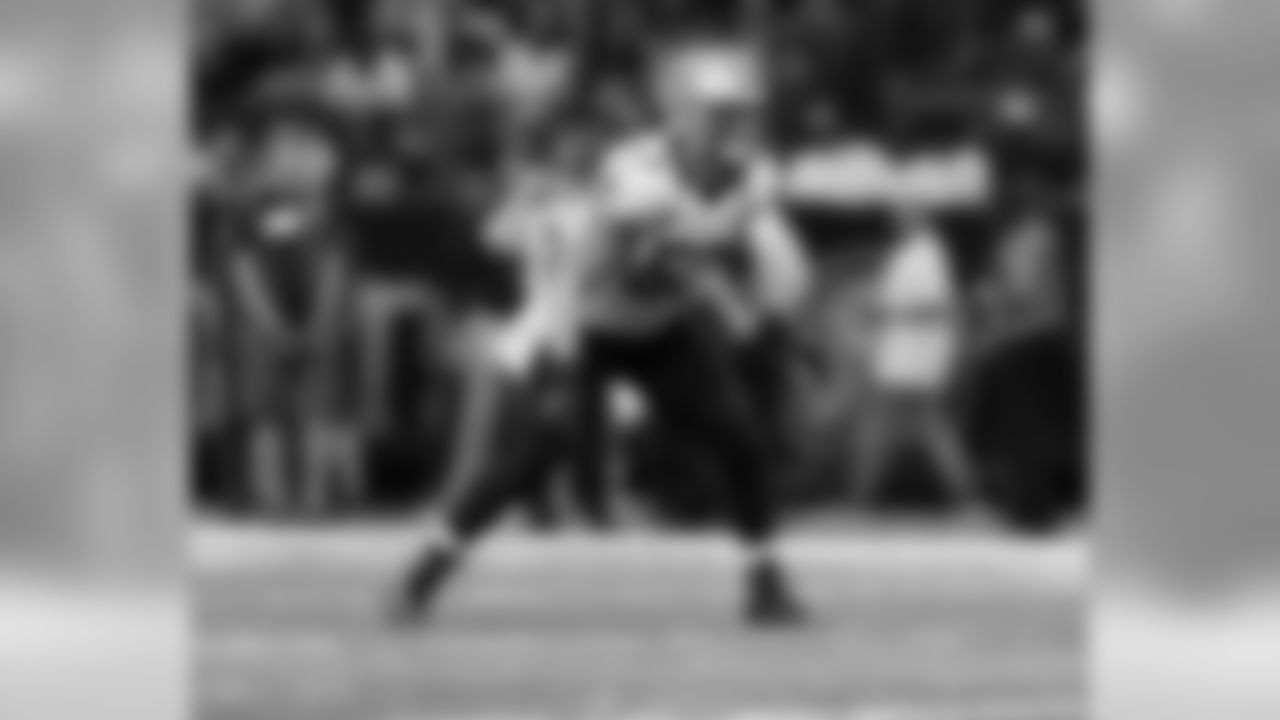
53 LB James Laurinaitis

50 LB Stephone Anthony
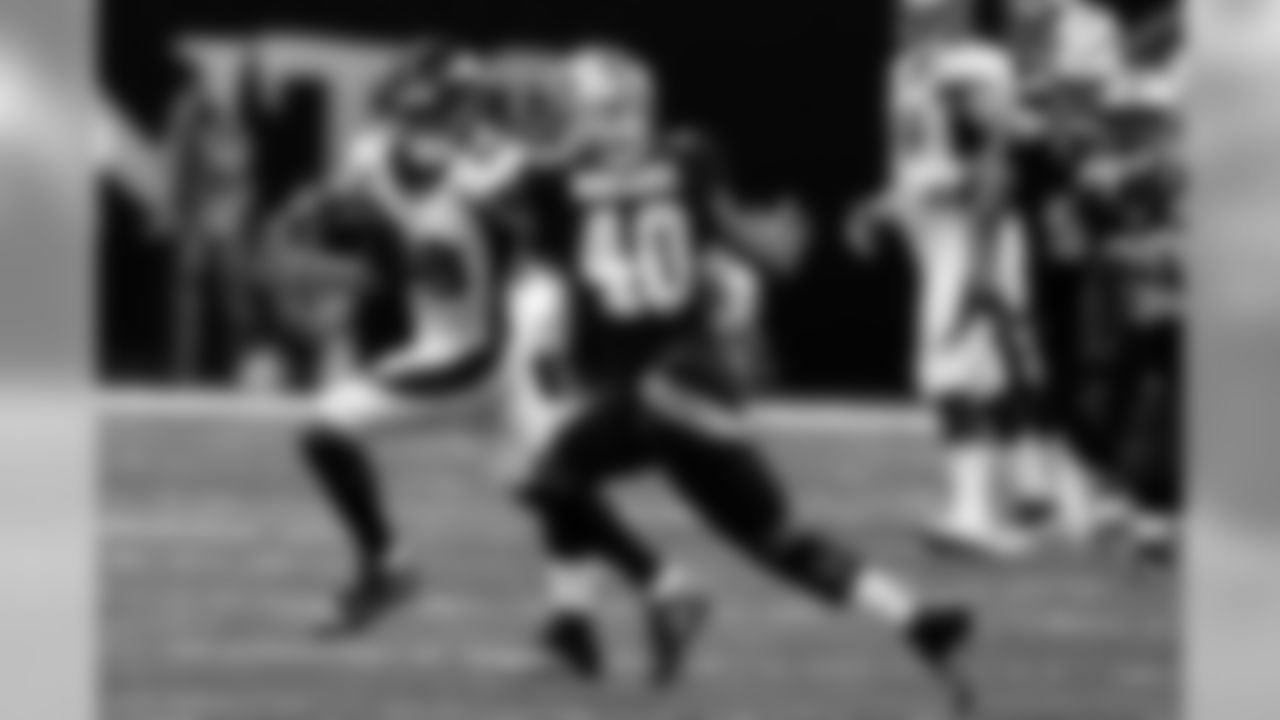
40 CB Delvin Breaux
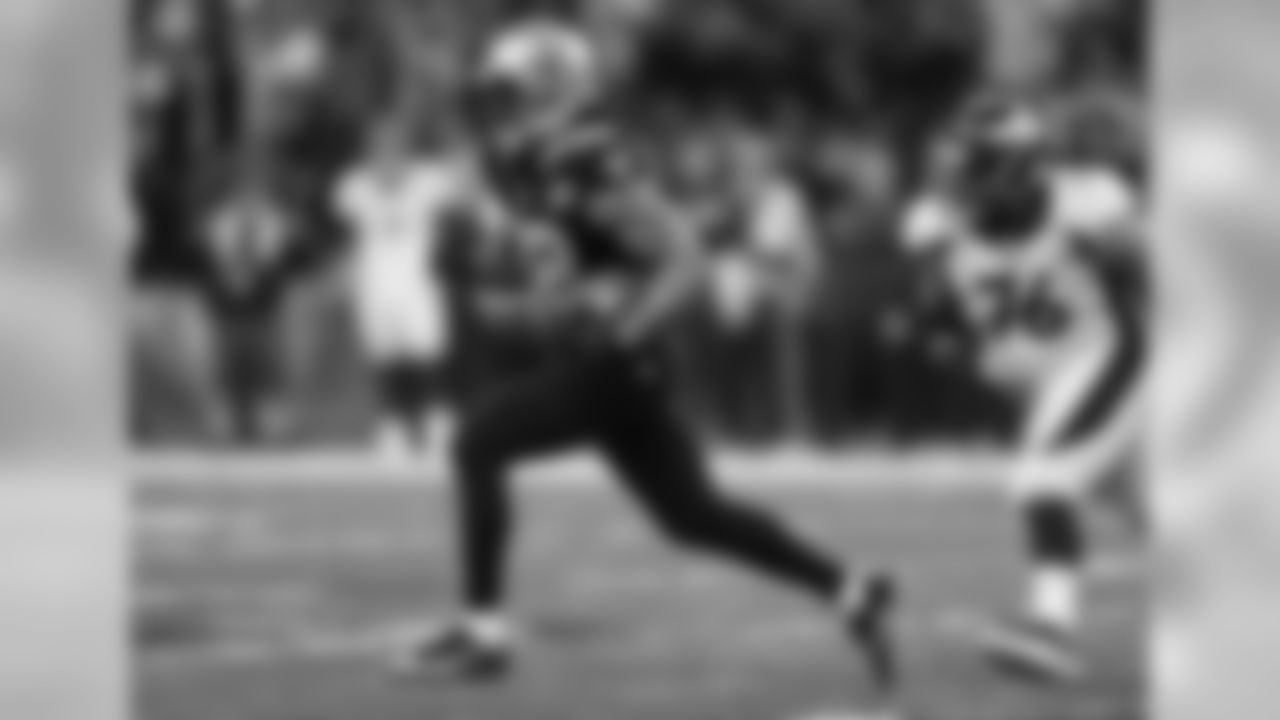
32 SS Kenny Vaccaro

31 FS Jairus Byrd
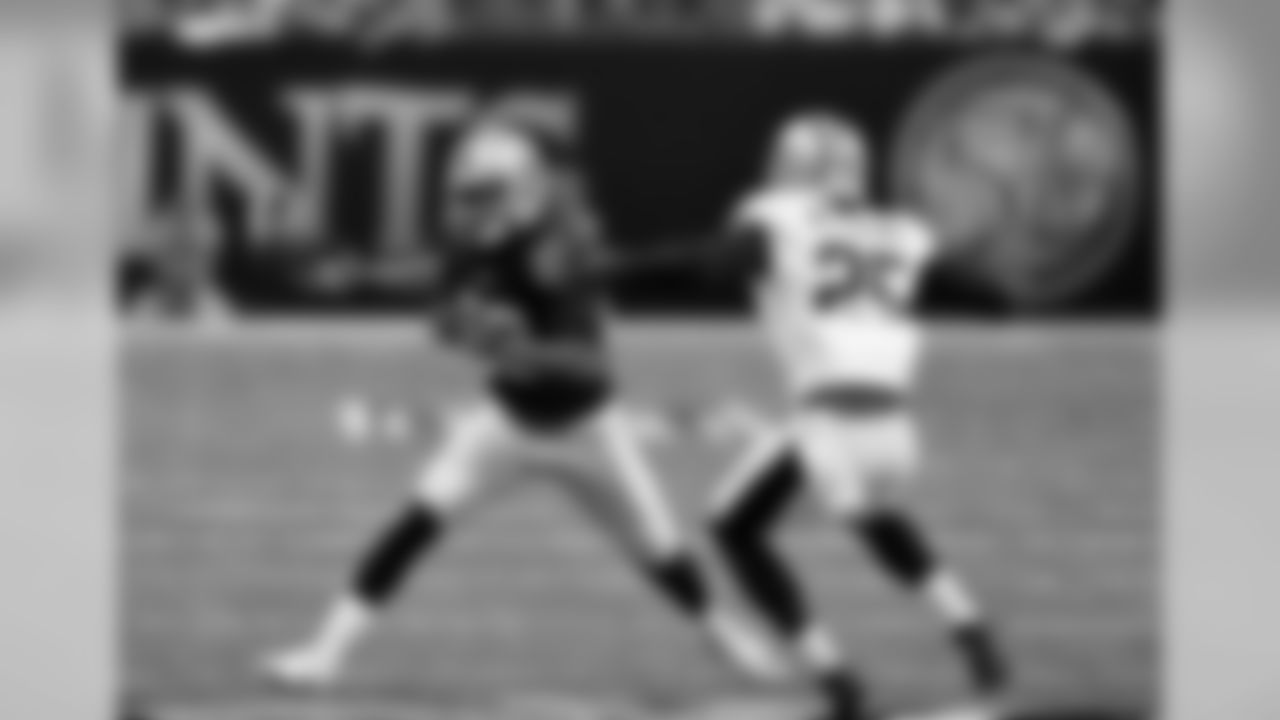
25 CB P.J. Williams
On Sunday, the 7-5 Tampa Bay Buccaneers take on the 5-7 New Orleans Saints at Raymond James Stadium in Tampa. It will be the 49th meeting between the Bucs and the Saints and the first of two matchups between them in the span of three weeks (more on that series history). The Buccaneers will be looking to extend a four-game winning streak as they charge into the playoff race.
To accomplish that goal, the Buccaneers will have to do their best to limit Drew Brees, who once again is piling up enormous numbers. On offense, Tampa Bay will have to contend with a trio of playmaking safeties at the back end of the Saints' defense. Here's a closer look at the challenges the Buccaneers will face on Sunday when the Saints and their high-powered offense come to town.
HEAD COACH

The New Orleans Saints have experienced by far their longest run of prolonged success – and recorded their single most important on-field accomplishment – during Sean Payton's decade at the helm. Since Payton arrived in 2006, New Orleans has made the playoffs five times, the same number of postseason berths the franchise enjoyed in its first 40 years. (Payton's Saints tenure actually covers 11 years as he served a one-year league suspension in 2012. That proved to be more evidence of his impact, as that team fell from 13-3 the previous year to 7-9, then went right back to 11-5 in 2013.)
In all, the Saints made the playoffs five times and won the division three times in Payton's first eight seasons as the head coach, and never finished worse than 7-9. That was New Orleans' record the last two year, though in the first of those two that was still good enough to tie for the best record in the division. Even with their 5-7 mark so far in 2016, the Saints are 92-64 in the regular season under Payton's guidance, and 6-4 in the postseason. Those playoff totals include three wins in 2009 when Payton led the Saints to their first championship, culminating in a 31-17 win over Indianapolis in Super Bowl XLIV. Payton was named the Associated Press NFL Coach of the Year for his efforts.
A quarterback in college and briefly in the pros, Payton spent his career leading up to his first head coaching gig on the offensive side of the ball. After roughly a decade at the college level, Payton jumped to the NFL in 1997, taking over as quarterbacks coach in Philadelphia under Eagles Offensive Coordinator Jon Gruden. He went from there to the New York Giants and after just one year in charge of the QBs was promoted to offensive coordinator; with the Giants, he gained a reputation as a tireless worker who would often sleep at team headquarters. In 2003, Bill Parcells hired Payton away to help him Dallas, as the assistant head coach and quarterbacks coach, and later as the passing game coordinator. The Saints came calling in 2006 in the wake of a 3-13 season and the Hurricane Katrina disaster. With Payton and free agent QB Drew Brees in town, the Saints immediately established one of the NFL's most explosive offenses and went straight to the playoffs in Year One. Payton, Brees and company have never slowed down since, landing in the top nine in the NFL's points-scored rankings every year from 2006-14. Even this year, with the team languishing below .500, the Saints rank first in the NFL in yards and second in points.
OFFENSE

If you've watched the Saints offense over the past decade, you've got a good idea where this scouting report is going. Since Payton and Brees came to town in 2006, the Saints are first net yards per game, passing yards per game and third-down percentage and second in points per game over that decade-plus. In 2016, the Saints are first in net yards, passing yards and third downs and second in points.
So, Drew Brees and the Saints are still very much Drew Brees and the Saints.
The Saints are averaging 428.7 yards per game and 319.4 passing yards per game and are converting on just under 50% of their third-down tries. Just to reiterate: These are completely normal numbers during the Brees-Payton era. Even in a widely-criticized effort last Sunday in a 28-13 loss to Detroit, Brees completed 31 of 44 passes for 326 yards.
It was a bad game for the Saints, by their own admission. For just the third time in his last 117 starts, Brees did not throw a touchdown pass, and he was picked off three times. It's probably wise to consider that an aberration; Brees had 13 touchdown passes and three interceptions in his previous three outings. He leads the NFL with a 71.4% completion percentage and has been over 70% for four straight games. Brees has finished seven of the Saints' 12 games with a passer rating north of 100, and the Saints are 68-16 all-time in such situations. In addition, Brees has historically been even better in the second half of seasons. In fact, he owns the fifth-best career passer rating in NFL history in the second half of seasons.
The Saints' pass-catching cast has changed around Brees in recent seasons, with the departures of the likes of Jimmy Graham and Marques Colston and the arrivals of Brandin Cooks, Michael Thomas and others. Thomas, a third-round pick out of Ohio State, is the latest find, as he leads the team and all NFL rookies with 69 catches for 831 yards and seven receptions. He forms an impressive WR trio with former first-round pick Brandin Cooks (58-809-6) and former undrafted free agent Willie Snead (53-631-4). There has been plenty of noise around the Saints in recent weeks regarding Cooks' reported dissatisfaction with his role in the offense, but this is an extremely dynamic player who owns two of the NFL's three longest receiving touchdowns this year (98 and 87 yards).
As those Cook numbers (or any casual viewing of Brees in the last decade) would suggest, New Orleans is very good at hitting deep passing plays. No team in the league has more than the Saints' 53 completions of 20+ yards. The Saints also lead the NFL in YAC, or yards after catch, though this may have more to do with plays like Cooks' 98-yarder than a lot of open-field running across the middle. Blitz Brees at your own peril – the Saints' passer rating of 106.1 is fifth-best in the league.
As usual, Brees also gets his backs and tight ends heavily involved in the passing game. Coby Fleener, brought in from the Colts as a free agent this year, is fourth on the team with 42 catches for 547 yards and a nice 13.0-yard per-catch average for a tight end. Running backs Mark Ingram, Travaris Cadet, Tim Hightower, Daniel Lasco and Marcus Murphy have combined for 93 catches and seven touchdowns.
All of that said, and with due respect to the Saints' typically high-octane passing attack, it may be the running game that is key to their success in 2016. Ingram is having a very strong year, rushing for 758 yards and three touchdowns and ranking second in the NFL with 5.30 yards per carry. Brees has topped 300 passing yards in eight games this season, but the Saints have won just three of those games. Ingram and Hightower have three 100-yard rushing games between them, and all three have ended in New Orleans victories.
Overall, the Saints have averaged 104.9 rushing yards per game, good for 12th in the NFL. But that's depressed by a slow start in the game's first month. Since Oct. 2, New Orleans has the NFL's fifth-best rushing attack, and in two of those nine games they've gone over 200 on the ground.
That strong rushing attack has helped the Saints be the best first-down offense in the league. They get at least four yards on first down 55.6% of the time, the top mark in the NFL, and overall they've averaged 6.52 yards on first down, second-best. Obviously, that is a big part of why the Saints, as mentioned, lead the league in third-down conversion success and, with 297, have the most overall first downs.
New Orleans has done this despite having to endure some upheaval on the left side of their offensive line, mostly due to injuries that have kept rising-start left tackle Terron Armstead out for half of the season. New Orleans has started three different players at both left tackle and left guard, though the most common alignment when Armstead has been out involves moving 2015 first-round pick Andrus Peat from guard to tackle. Versatile reserve Senio Kelemete, who started at three different positions last year, has also started at both left guard and left tackle. Armstead missed the Saints' last game with knee and quad injuries but was a limited participant in practice to start this week. Anchoring that line is center Max Unger, who the Saints got in their Jimmy Graham trade with Seattle in 2015. Unger has started all 95 NFL games in which he's played but was also limited in practice with a foot ailment.
That line has allowed 19 sacks of Brees, who has historically been very difficult to bring down to his quick release and pocket awareness. According to Football Outsiders, the Saints' offensive line has been the best run-blocking unit in the league this year while also ranking fifth in pass-blocking.
If there is any weakness to the Saints' offense in 2016, it's in the giveaway department. New Orleans' 19 turnovers are tied for the 21st most in the NFL and they have resulted in 76 points for the opposition, which is the third worst total in the league.
DEFENSE

As it has for most of the last five years (2013 being the exception), the Saints' defense is struggling in the category that matters the most, giving up the third-most points in the NFL (27.9 per game). New Orleans is also 26th in yards allowed (374.8), although the run defense (97.9) is tied for 11th. Still, in some categories, especially in the red zone, the Saints have done well, and that's driven by a rebuilt front line and a trio of safeties that often is on the field together.
New Orleans officially switched from a 3-4 to a 4-3 front under coordinator Dennis Allen last year, though like most teams they play a variety of fronts. It worked for Cameron Jordan, who put his hand in the dirt as a defensive end and used 10 sacks to make his second Pro Bowl in three years. Before this season, New Orleans added a lot of beef to their interior line, signing former Lions and Rams defensive tackle Nick Fairley and using the 12th overall pick on Louisville defensive tackle Sheldon Rankins.
Those three have been productive, combining for 12.5 sacks. That said, Saints games often turn into fast-paced affairs with lots of passing; New Orleans games have averaged a combined 133 plays from scrimmage for both teams, the most in the league, and both teams pass at a higher percentage than the average in those Saints contests. As such, New Orleans' defensive total of 24 sacks is just 21st in the NFL both as a total and as a percentage per pass play.
The Saints also brought in veteran Paul Kruger to play the end opposite Jordan, but it is the latter player who remains their most dangerous pass-rusher. He leads the team with five sacks and, since 2011, he and Texans superstar J.J. Watt are the only players with at least 40 sacks and at least 20 passes defensed.
Another newcomer to the team leads the Saints' middle line of defense, as former Cleveland Browns linebacker Craig Robertson has stepped right into the lineup and leads the team with 113 tackles. Robertson started the season on the weakside but moved into the middle after the injury to and subsequent release of James Laurinaitis. In addition to his robust tackle total, Robertson has also broken up five passes and added a sack. Stephone Anthony, a late first-round pick in 2015, looked like he might be a rising star as a rookie but he has been demoted to second-string SAM 'backer this year and has played a very small number of snaps. With Dannell Ellerbe on the weakside and Nate Stupar on the strongside, the Saints have played very good run defense since a rough start. Since Week four, New Orleans' defense is third in the league against the run, allowing 80.8 yards per game, and has not allowed a single opposing 100-yard individual effort.
However, the Saints defense has allowed its share of big plays. Opponents have racked up 177 plays of 10 or more yards against the Saints, the third-highest total in the league. New Orleans has also had trouble getting off the field on third down, allowing a conversion rate of 40.5% that ranks 21st in the league. The problems have primarily been on longer third downs; only one team has allowed a higher percentage of successful third downs from beyond six yards than the Saints (35.4%).
The strength of the secondary, again, is the safety trio of Kenny Vaccaro, Jairus Byrd and rookie Vonn Bell, like Michael Thomas a second-round pick out of Ohio State. The Saints have utilized this abundance of safety talent by putting them all on the field at the same time quite frequently. In fact, New Orleans' eight most common defensive alignments this year have all featured those three safeties together.
It is thus not surprising that the Saints' next three leading tacklers behind Robertson are Vaccaro (80), Byrd (67) and Bell (66). The rookie Bell also has four passes defensed, a forced fumble and half a sack.
Pictures of the Buccaneers' practice on Wednesday, December 7th.

Bucs Practice

Secondary Coach Jon Hoke and #35 CB Javien Elliott

DC Mike Smith and HC Dirk Koetter
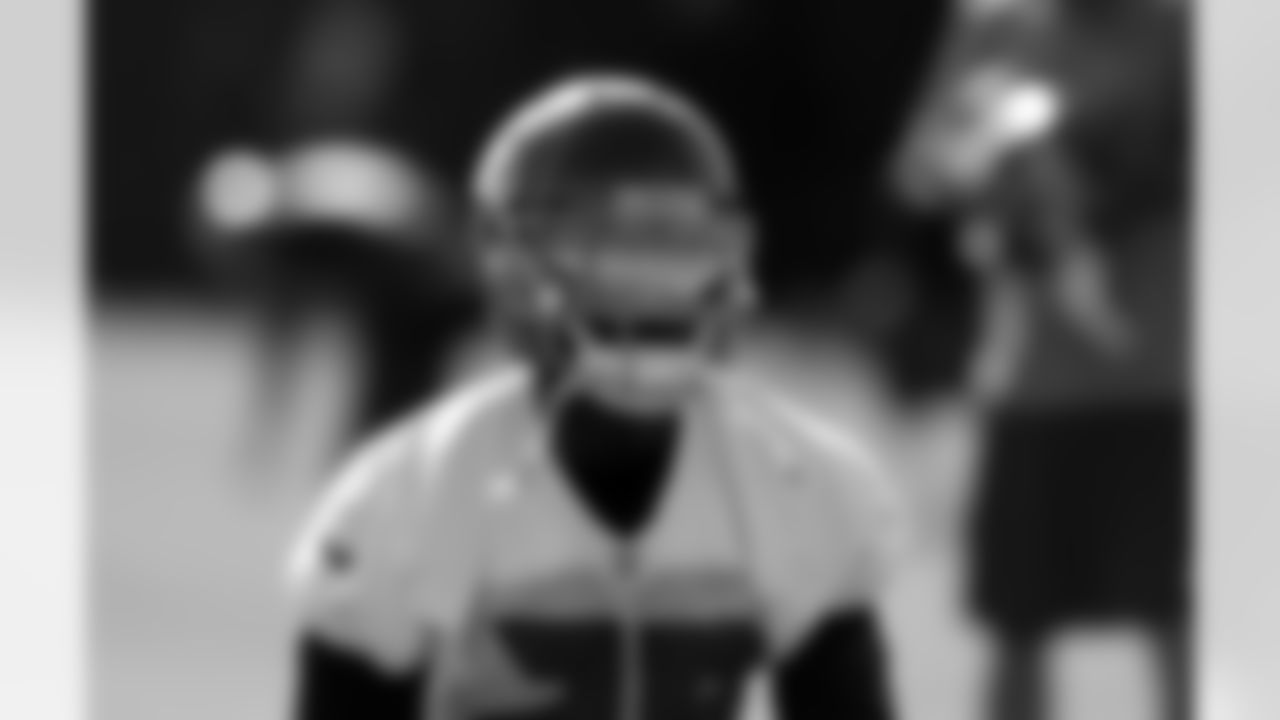
Bucs Practice
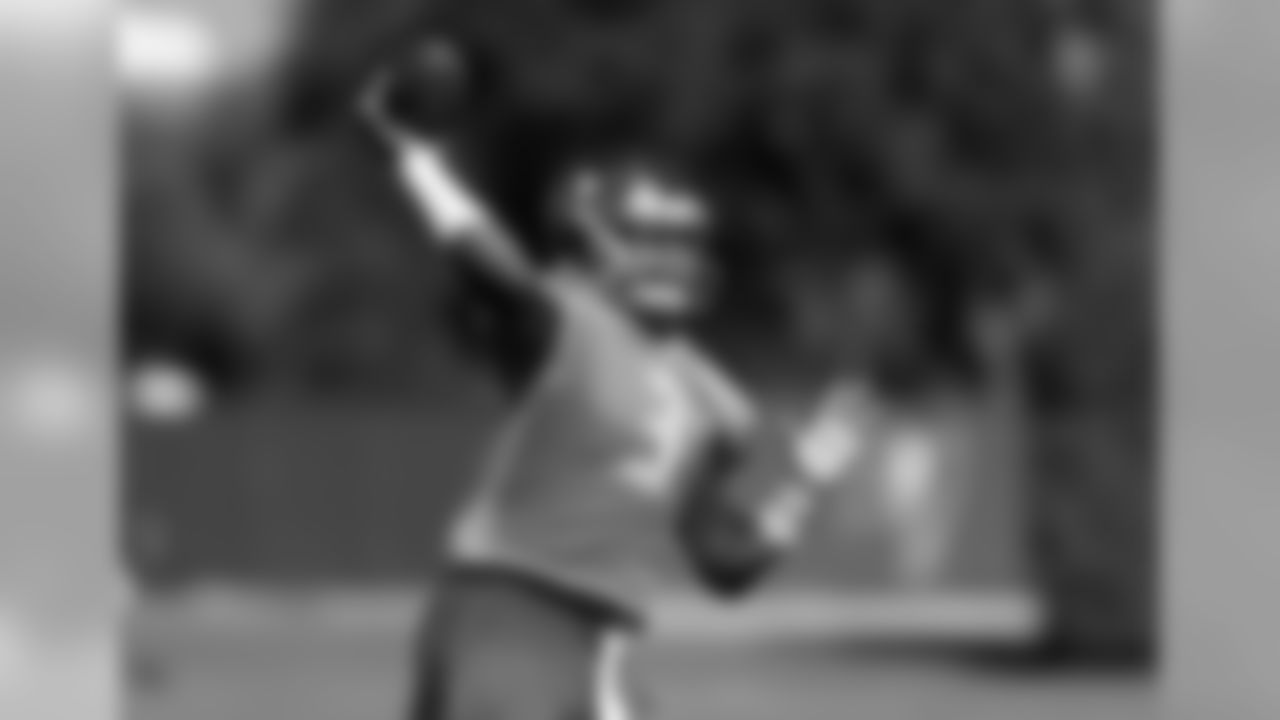
3 QB Jameis Winston
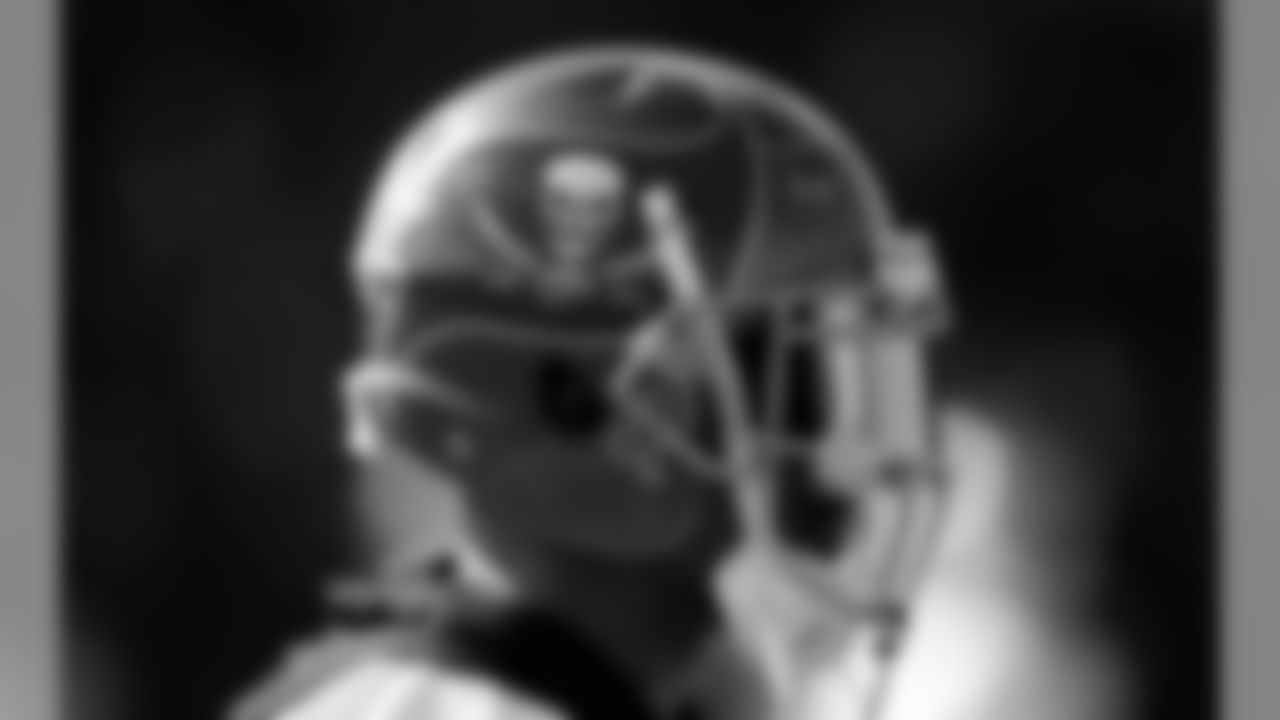
Bucs Practice

28 CB Vernon Hargreaves
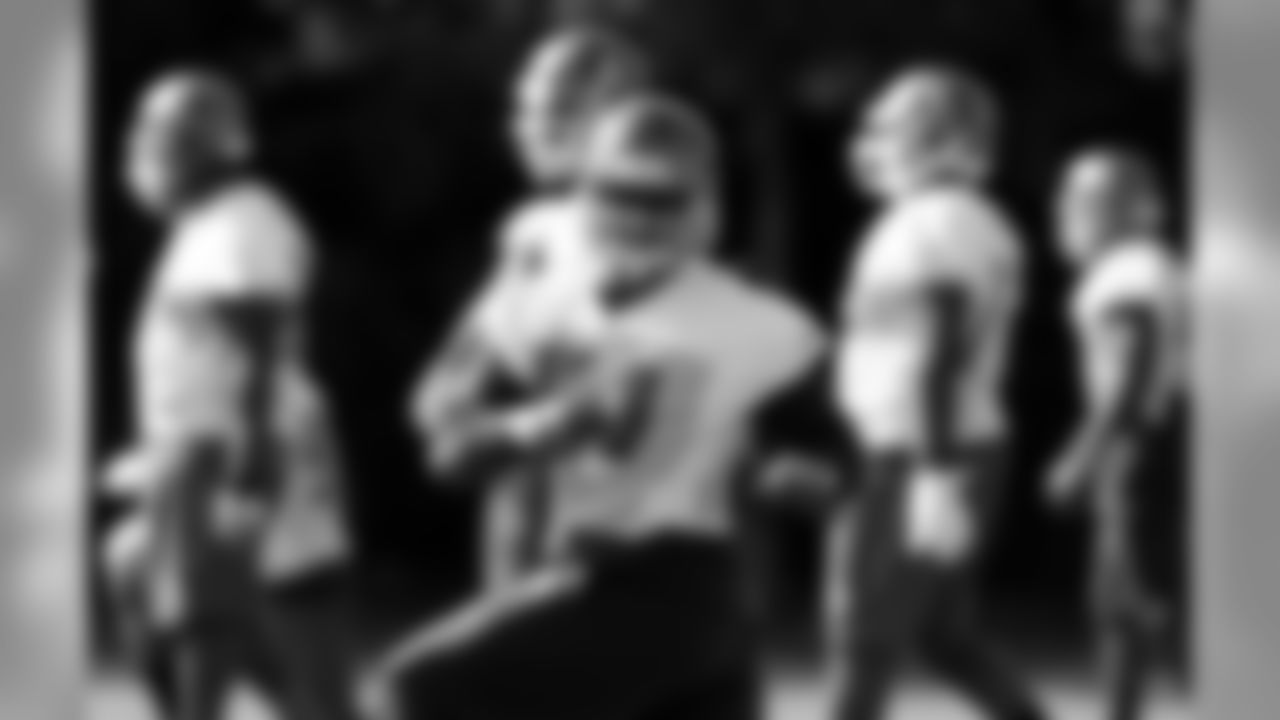
51 LB Daryl Smith
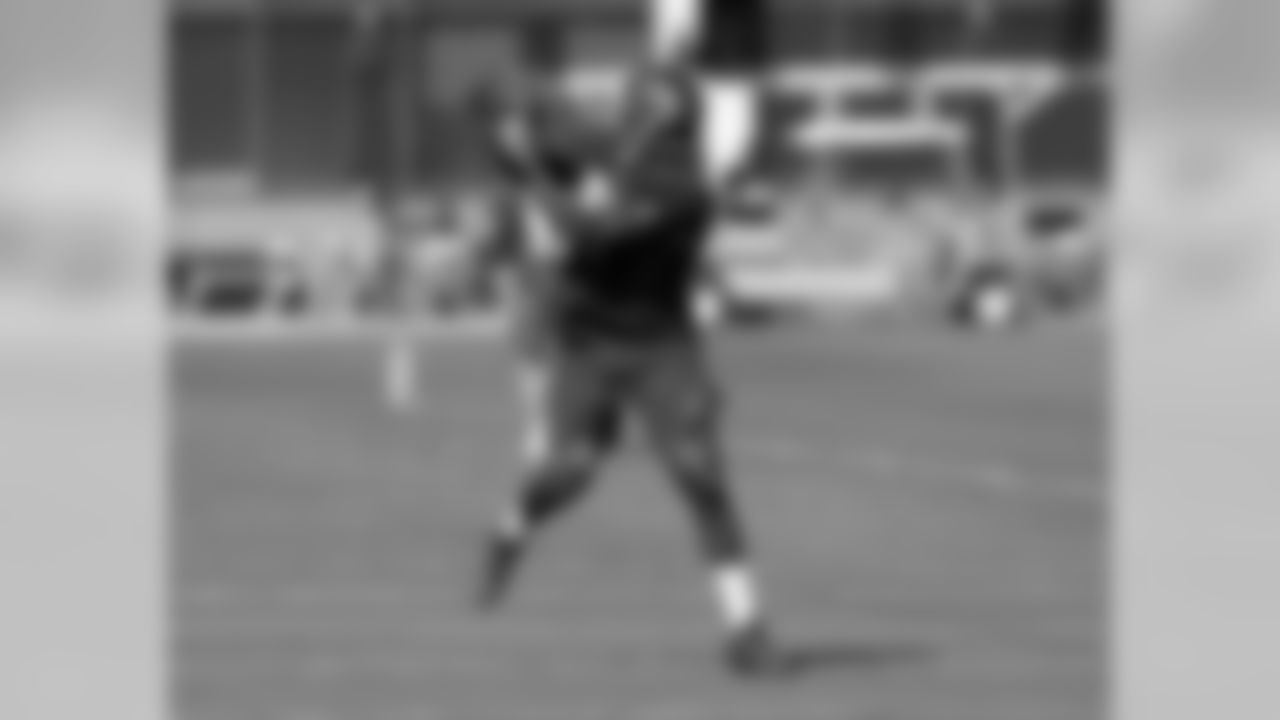
81 TE Tevin Westbrook

54 LB Lavonte David
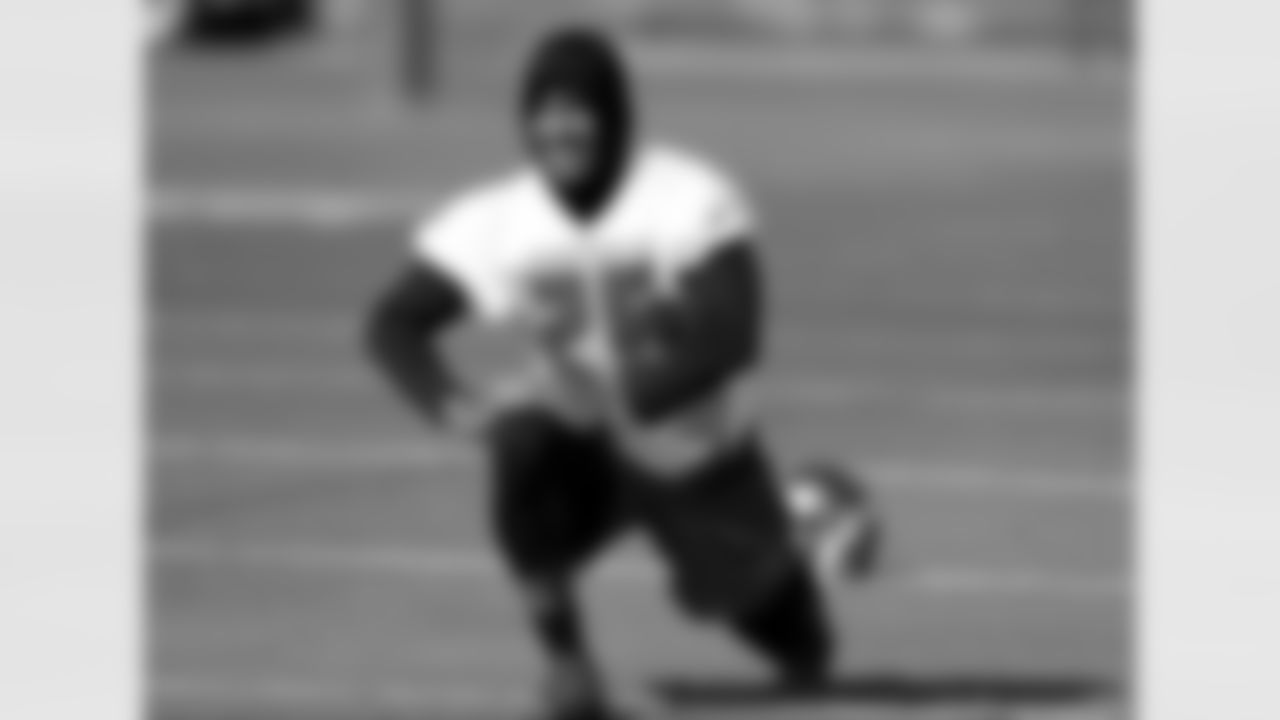
26 CB Josh Robinson
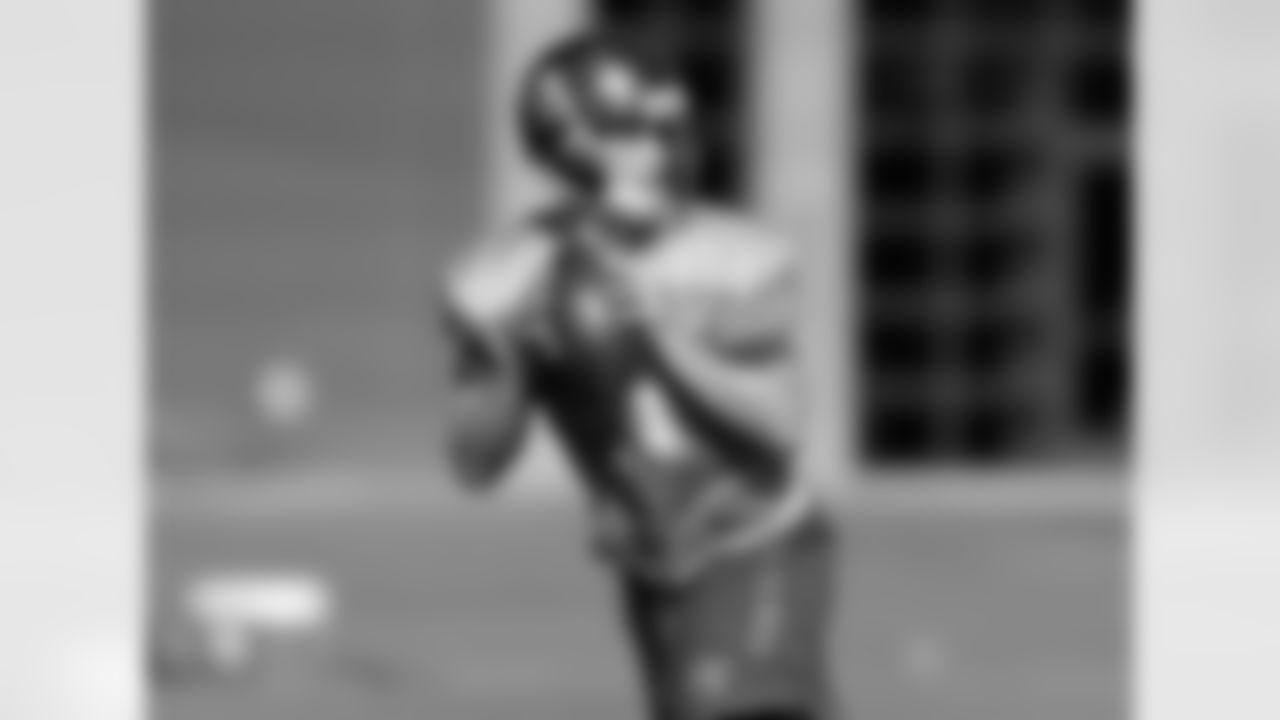
4 QB Ryan Griffin

Bucs Practice
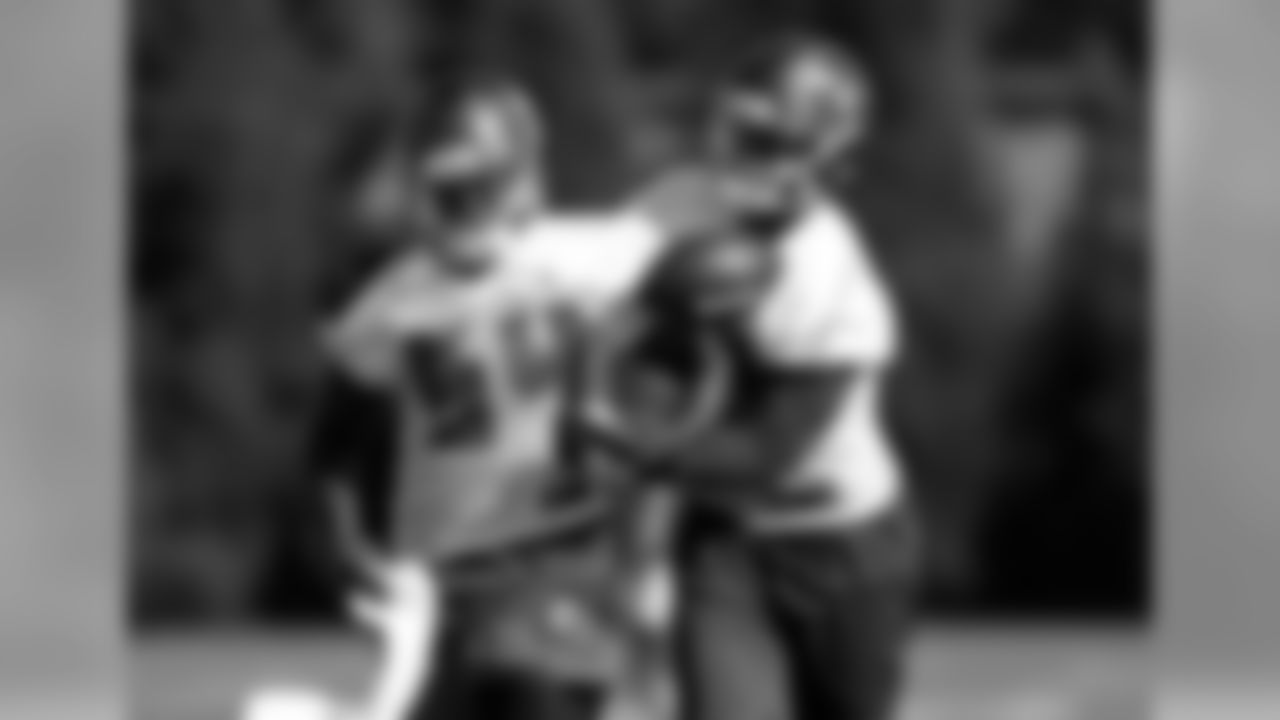
54 LB Lavonte David and #58 LB Kwon Alexander
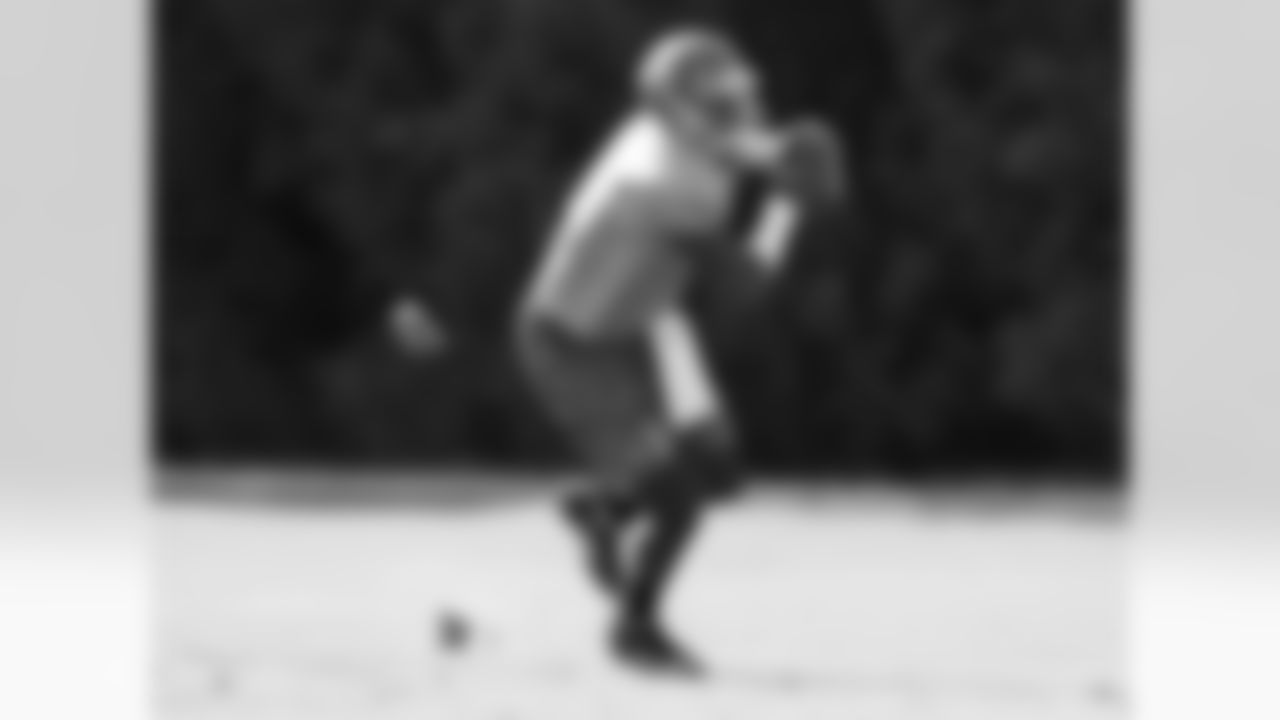
3 QB Jameis Winston

51 LB Daryl Smith
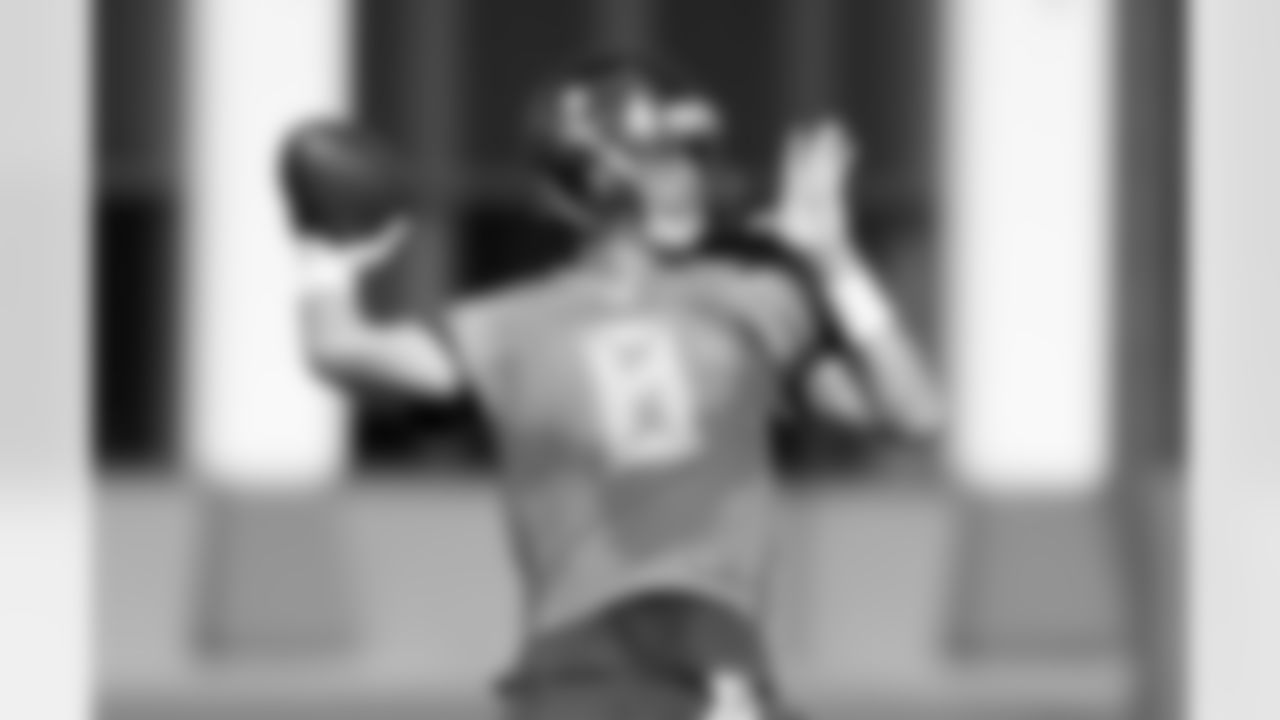
8 QB Mike Glennon

Defensive Line Coach Jay Hayes and #71 DE Channing Ward
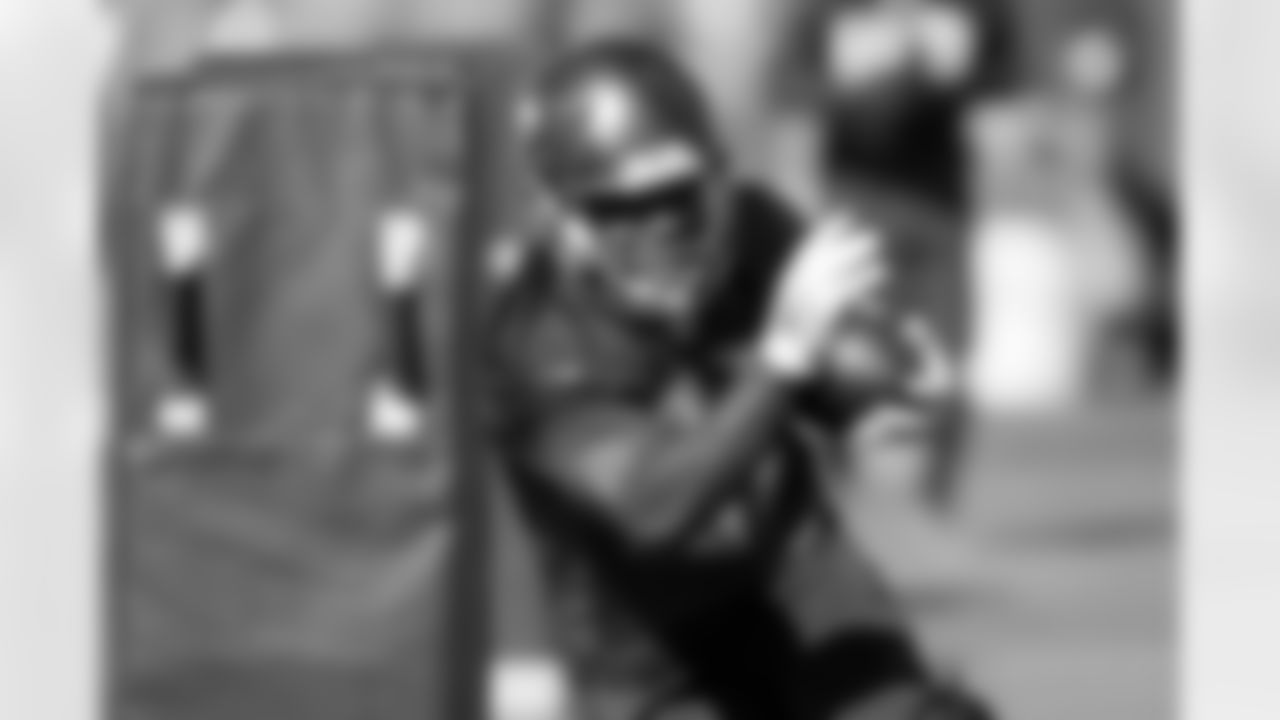
32 RB Jacquizz Rodgers

DC Mike Smith and #92 DE William Gholston

4 QB Ryan Griffin
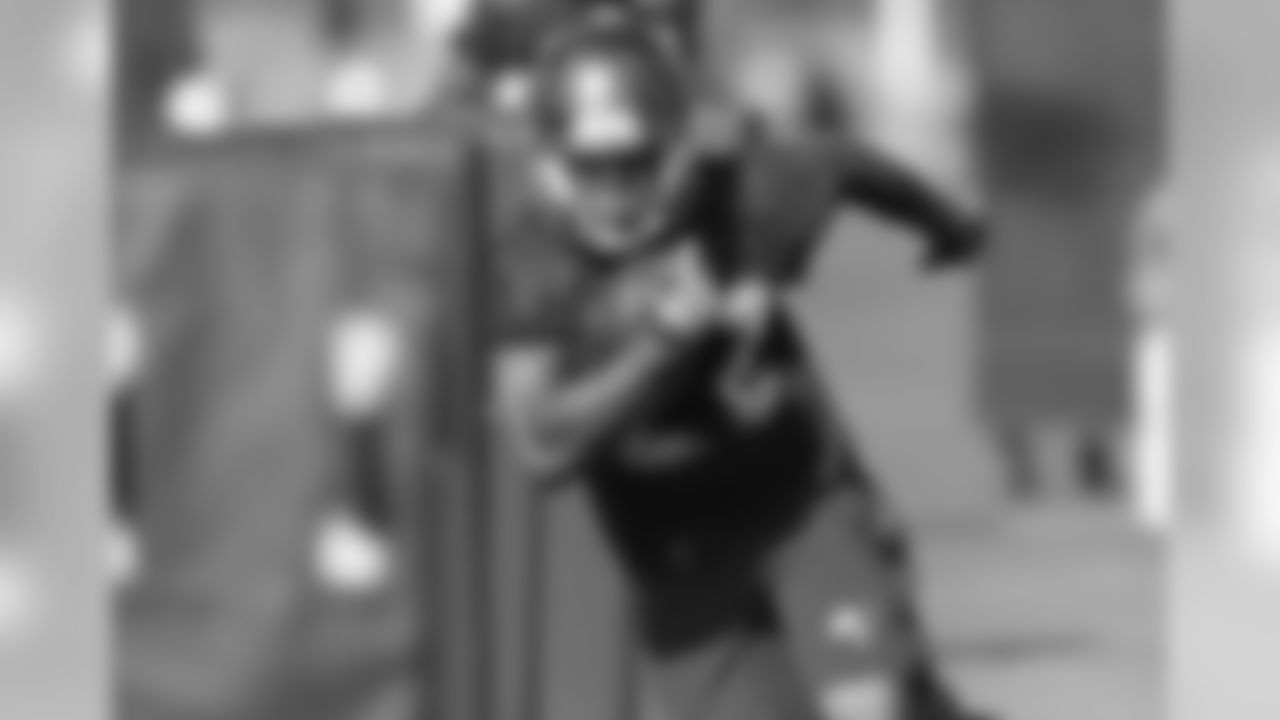
22 RB Doug Martin
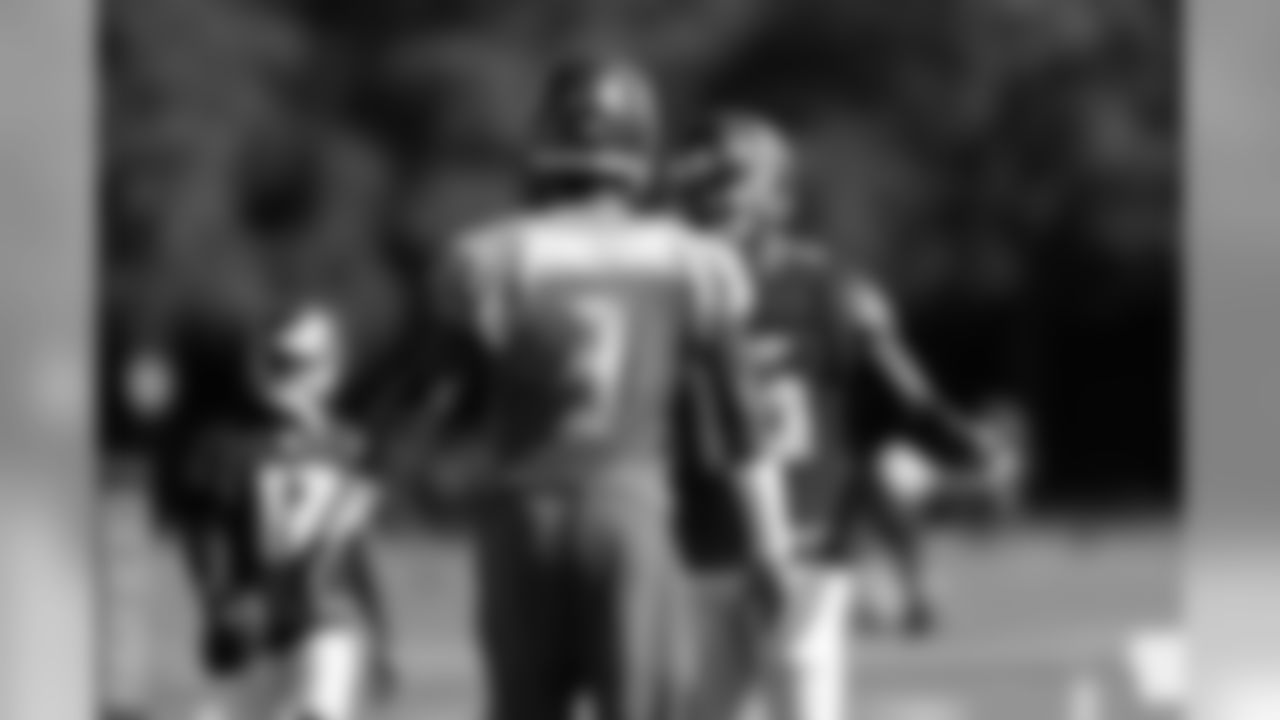
3 QB Jameis Winston and #16 WR Freddie Martino
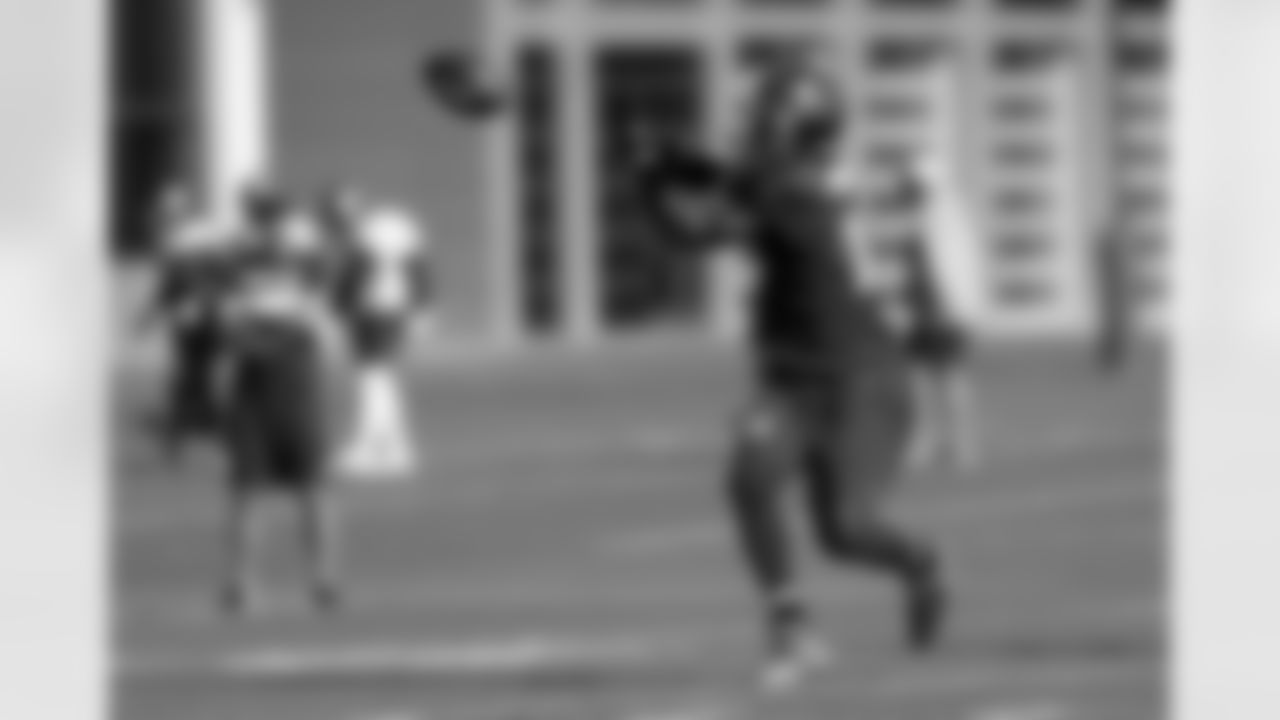
16 WR Freddie Martino

58 LB Kwon Alexander and #54 LB Lavonte David

HC Dirk Koetter
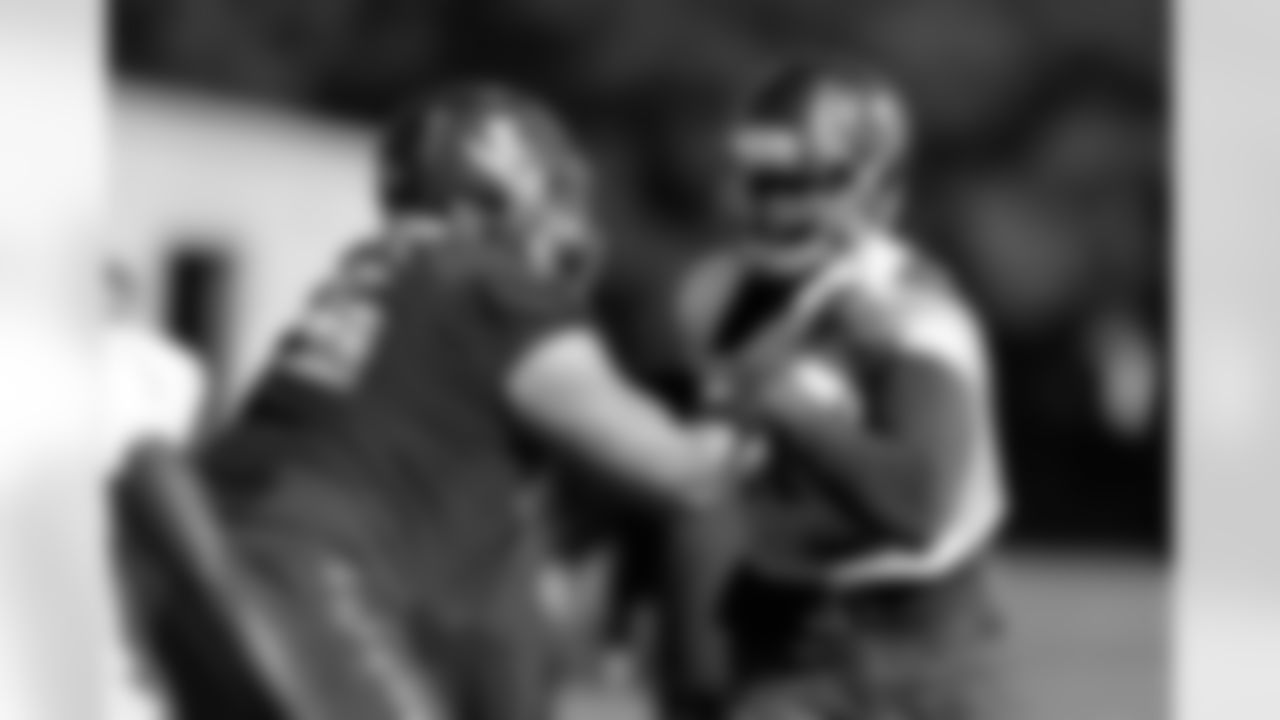
57 DE Noah Spence
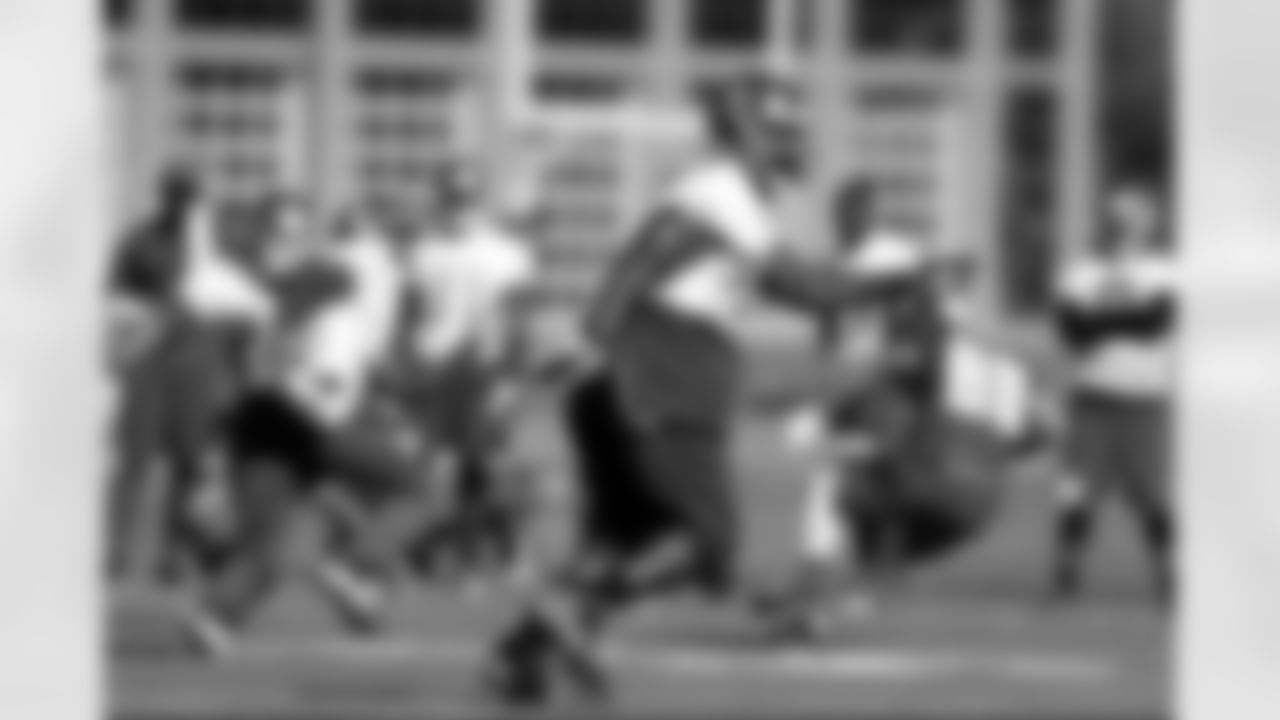
91 DE Robert Ayers
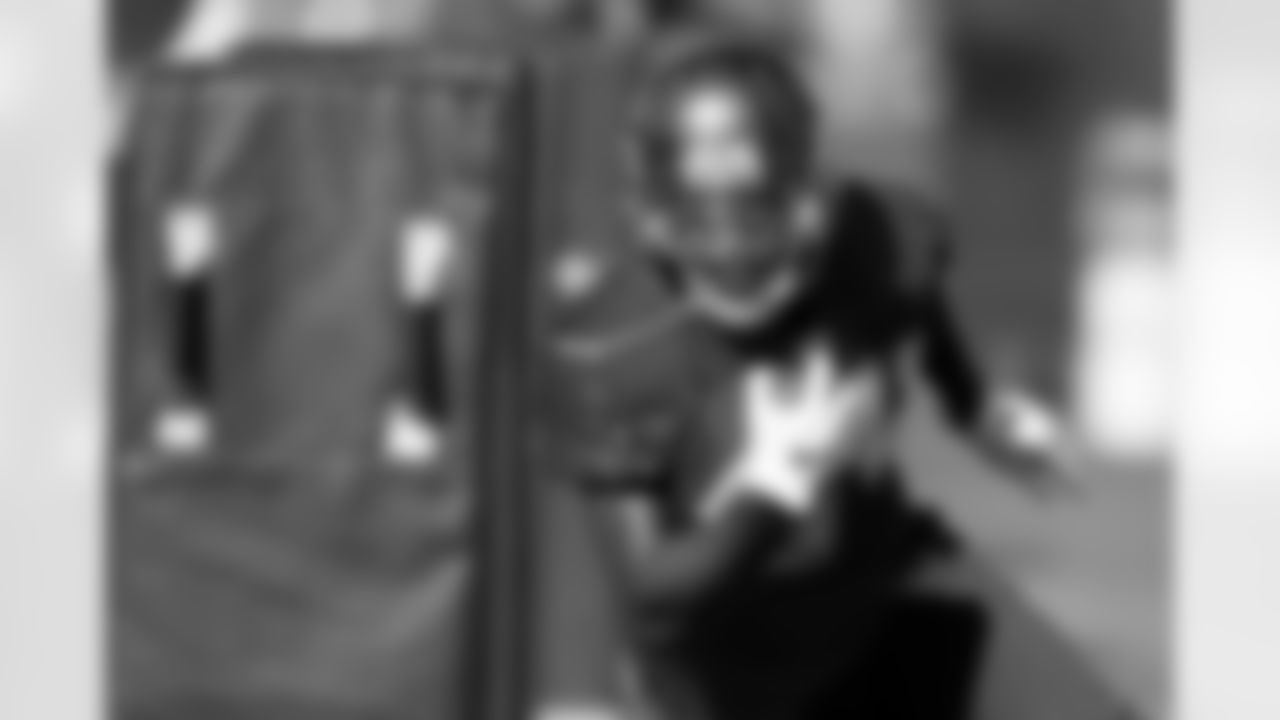
34 RB Charles Sims
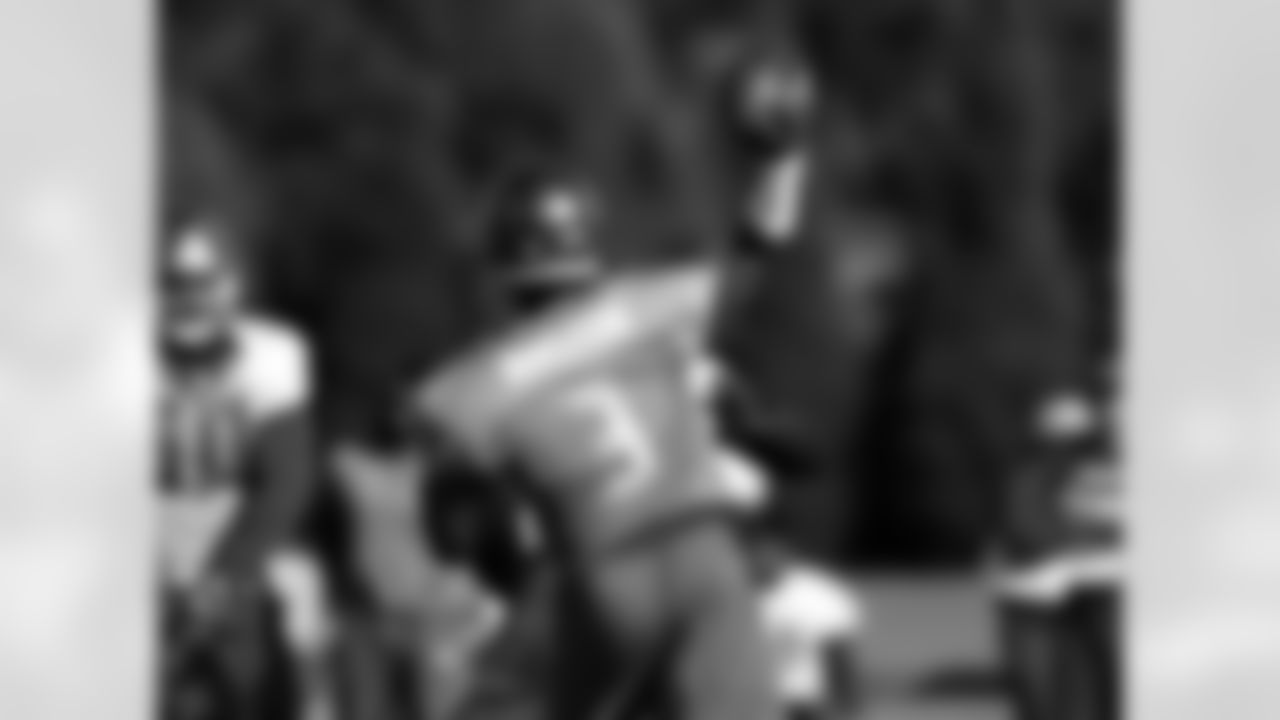
3 QB Jameis Winston
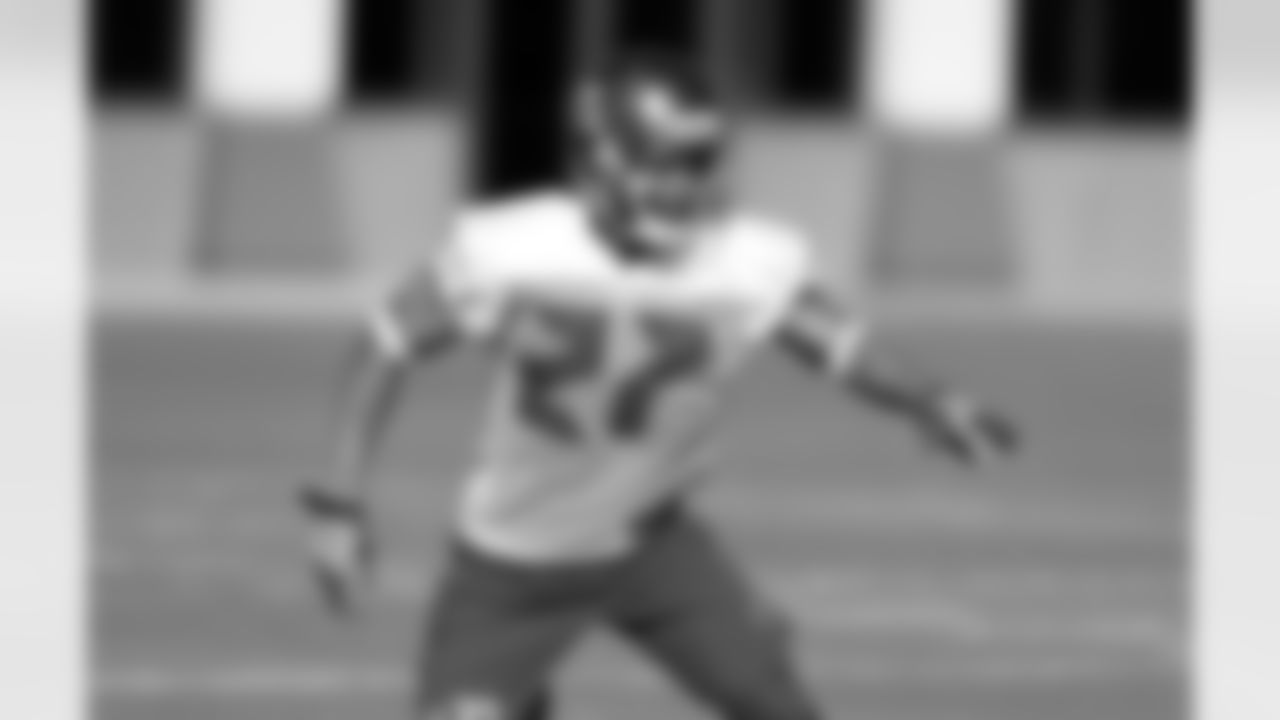
27 CB Cody Riggs
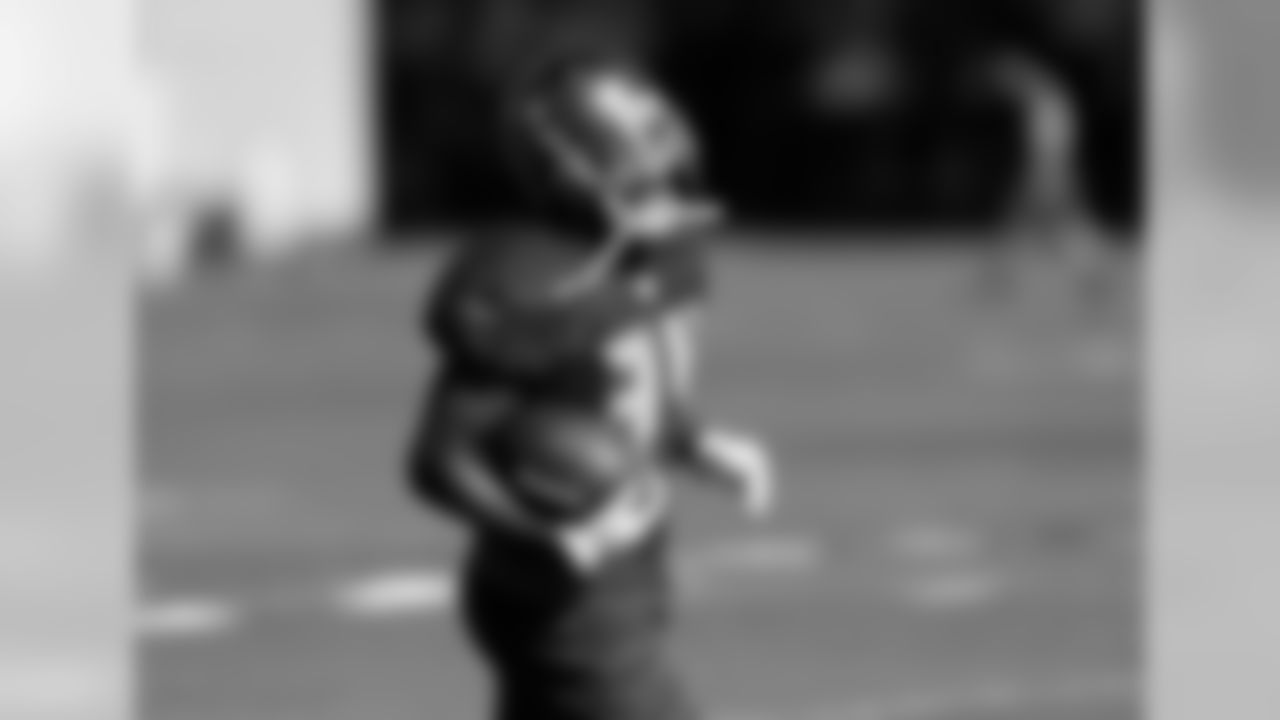
34 RB Charles Sims
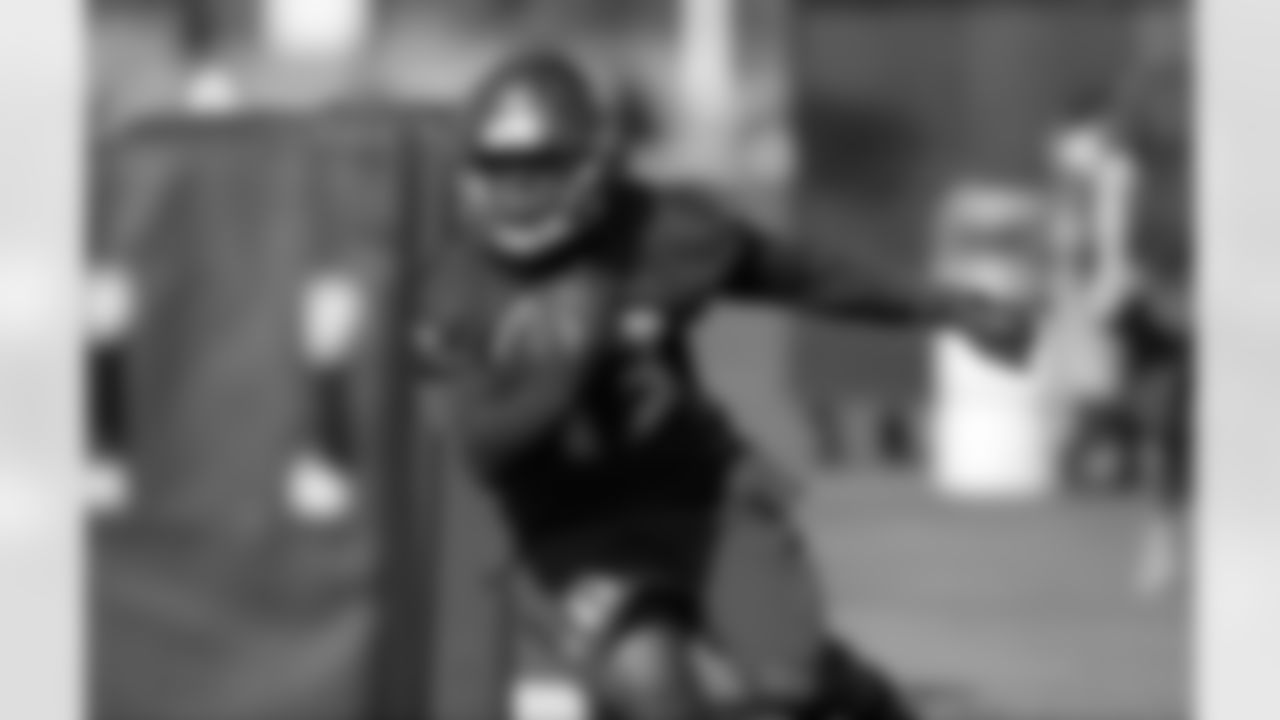
43 RB Peyton Barber

28 CB Vernon Hargreaves

92 DE William Gholston
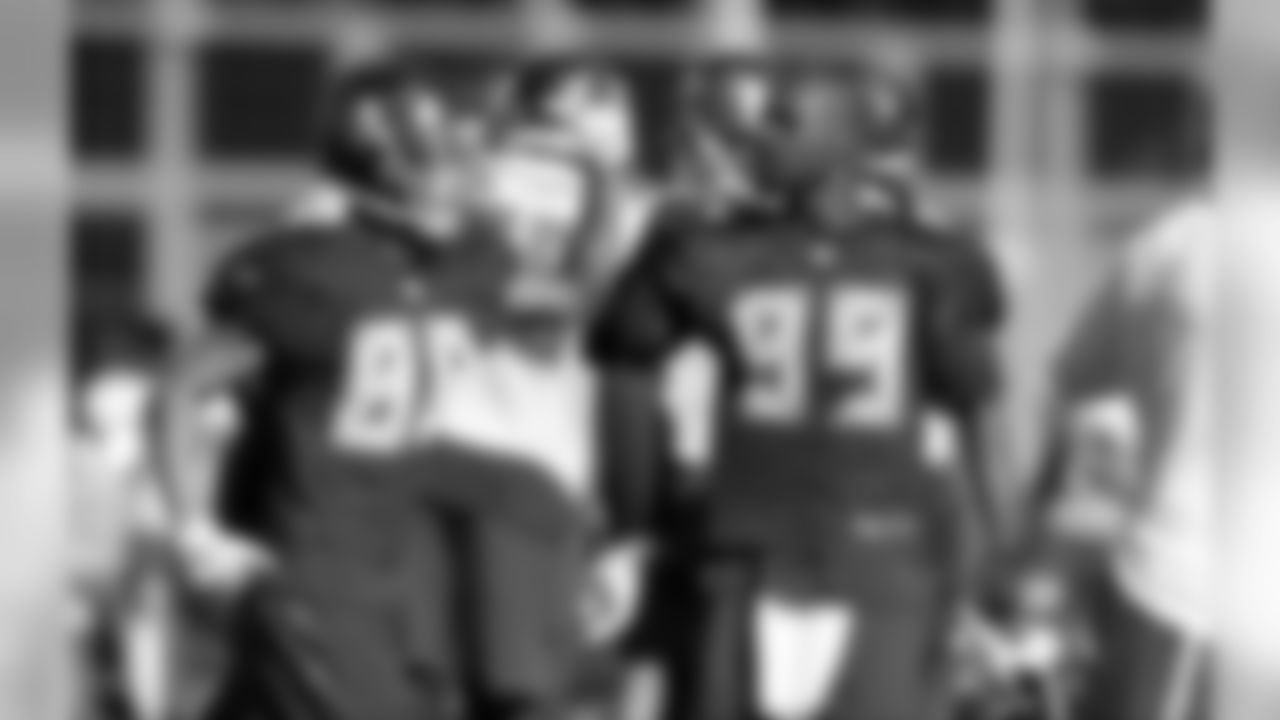
80 WR Myles White and #89 WR Russell Shepard
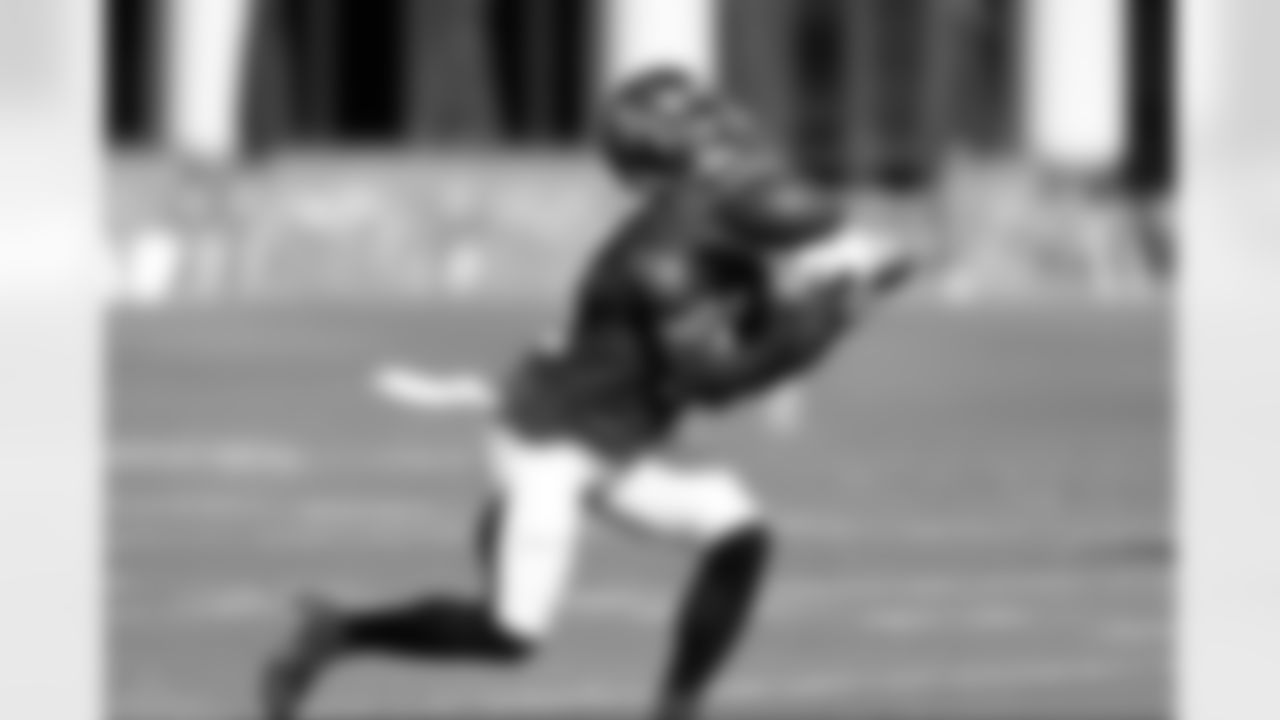
15 WR Josh Huff
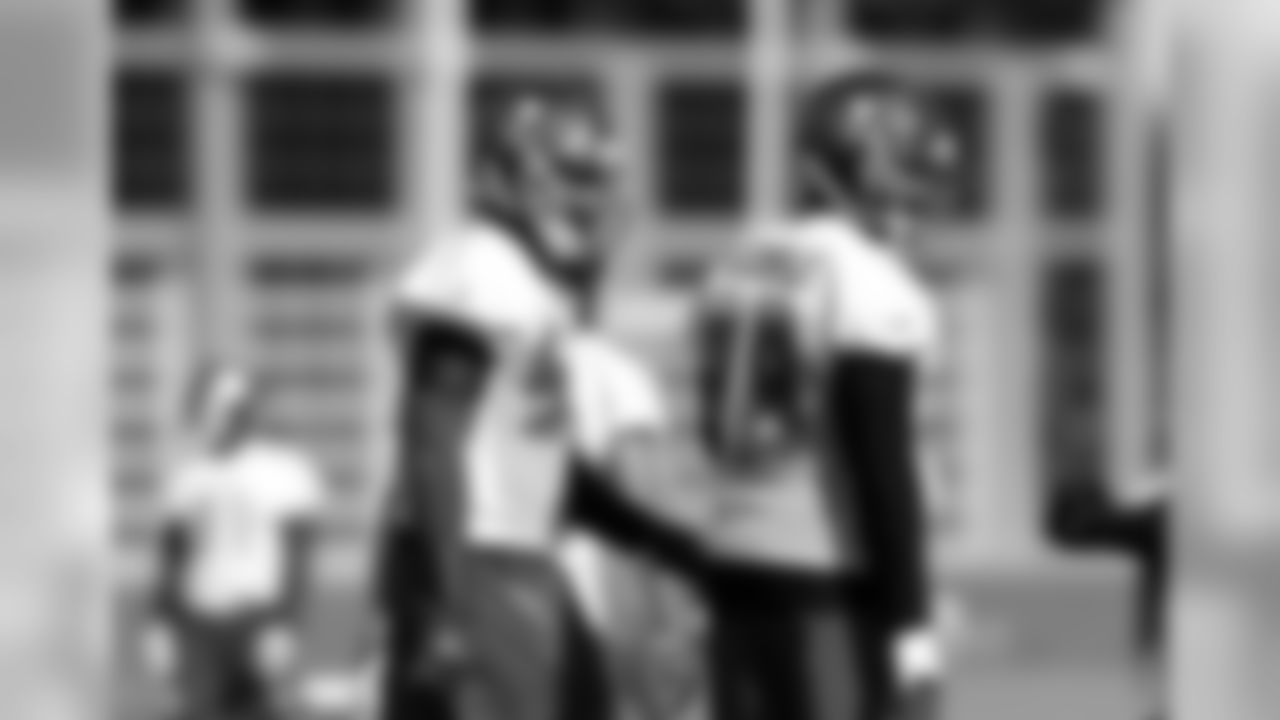
57 DE Noah Spence and #98 DT Clinton McDonald

13 WR Mike Evans

9 P Bryan Anger
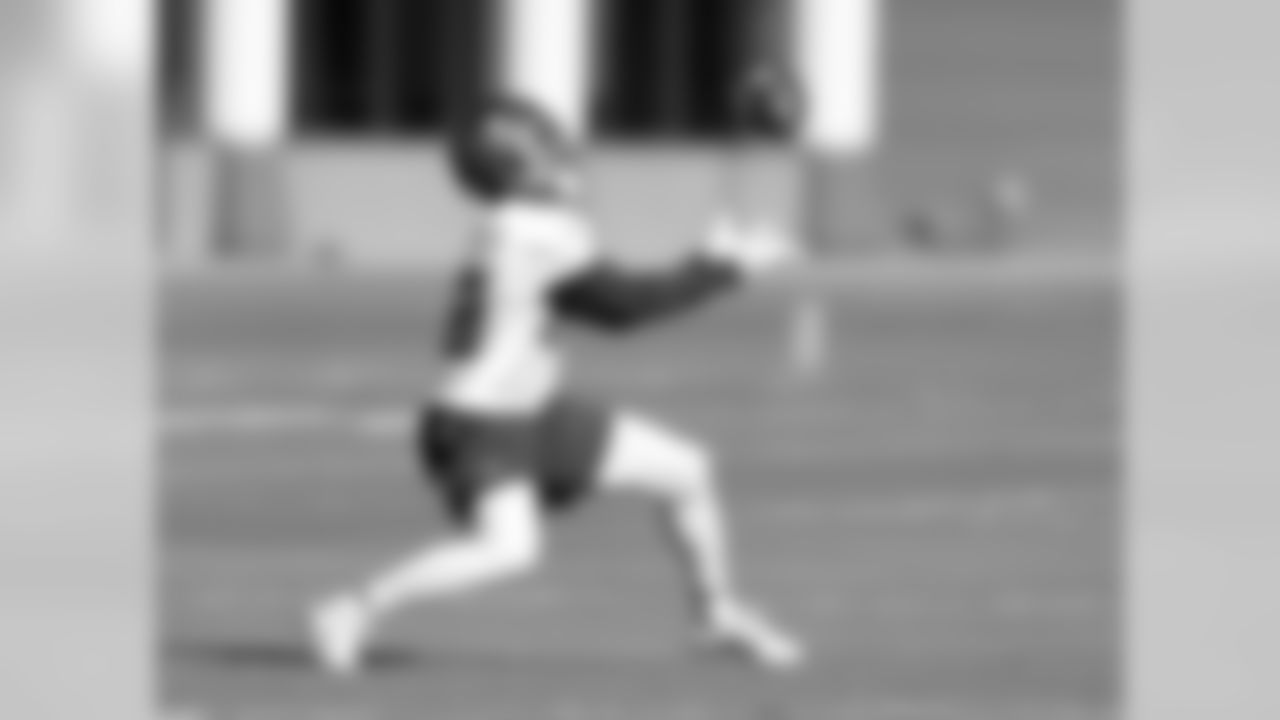
28 CB Vernon Hargreaves
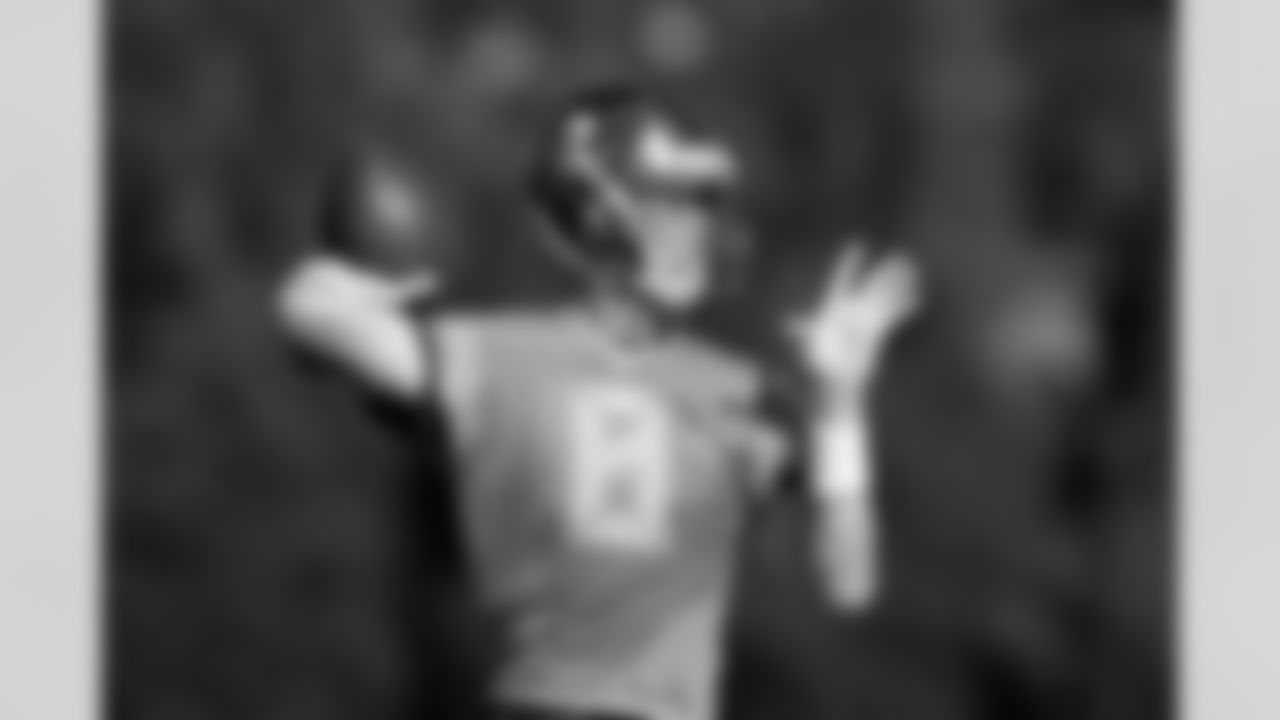
8 QB Mike Glennon
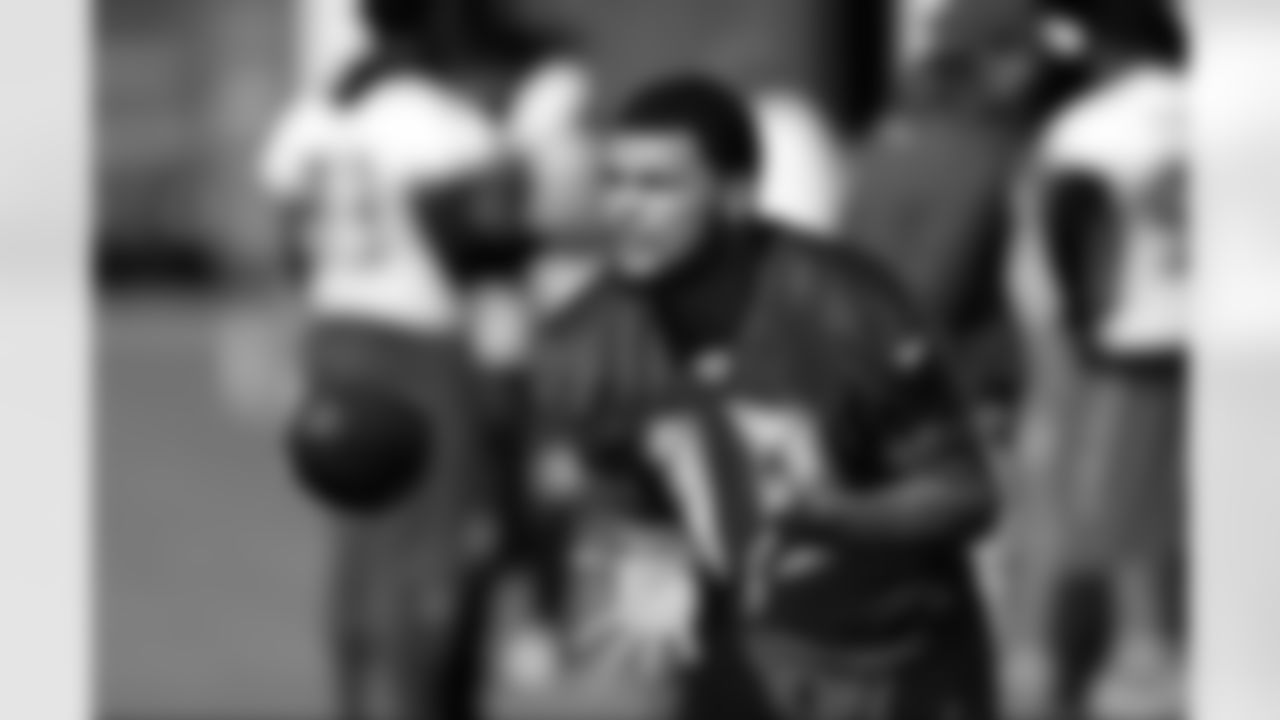
13 WR Mike Evans
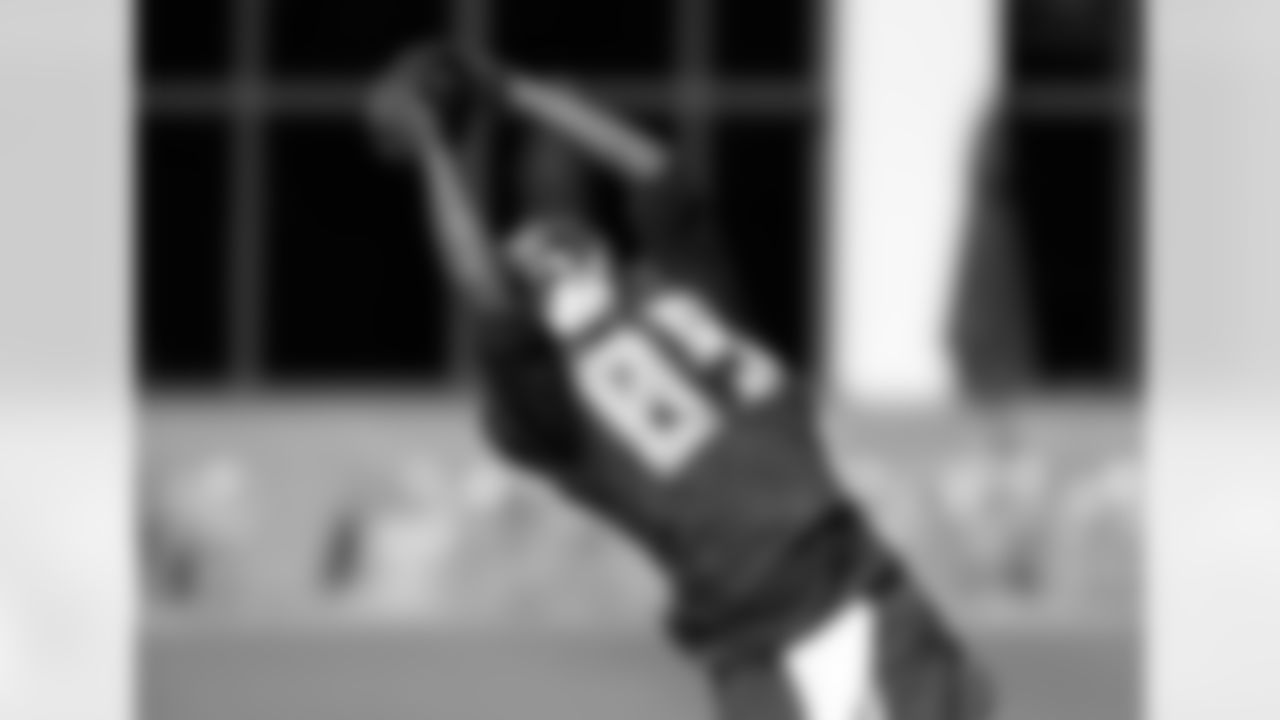
89 WR Russell Shepard
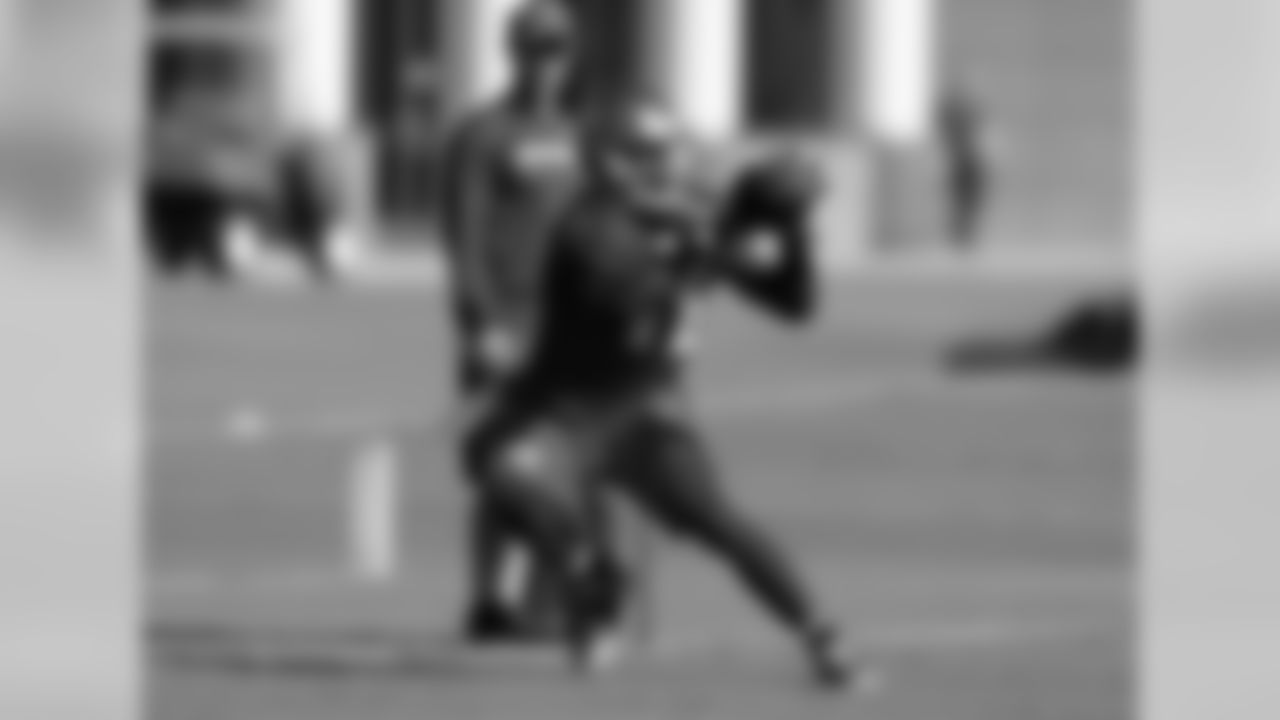
16 WR Freddie Martino
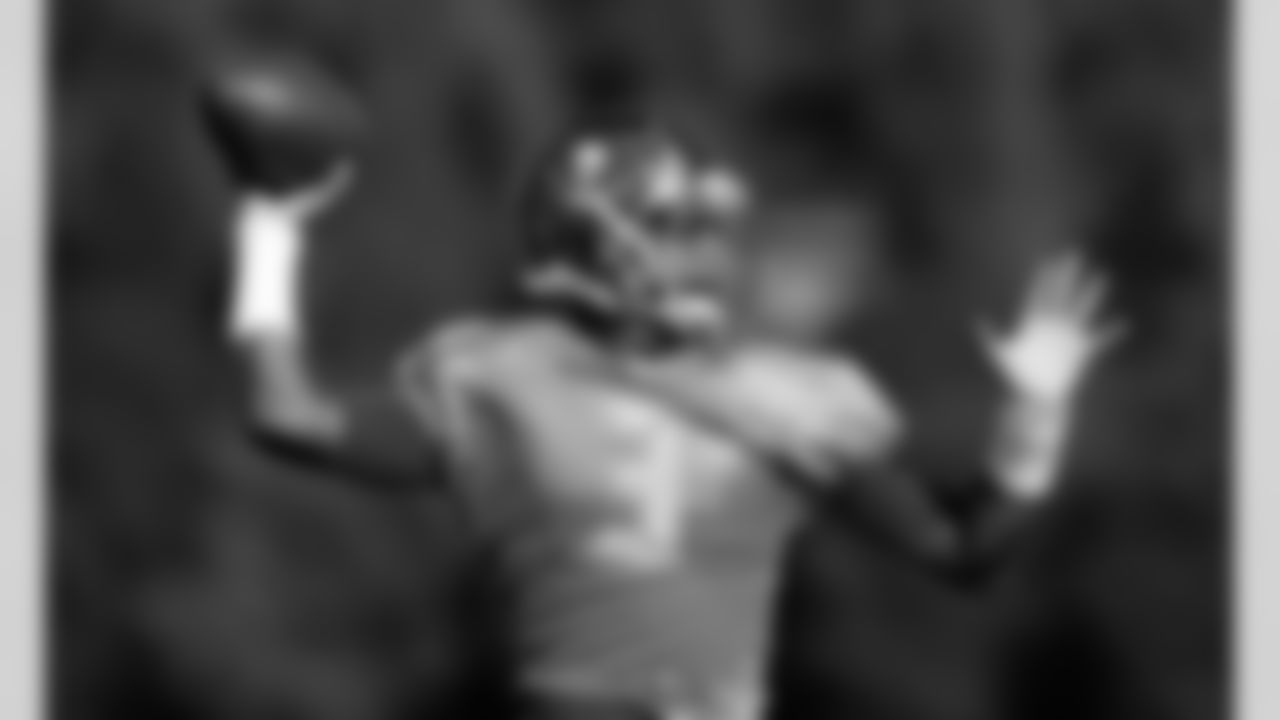
3 QB Jameis Winston

15 WR Josh Huff

17 WR Donteea Dye
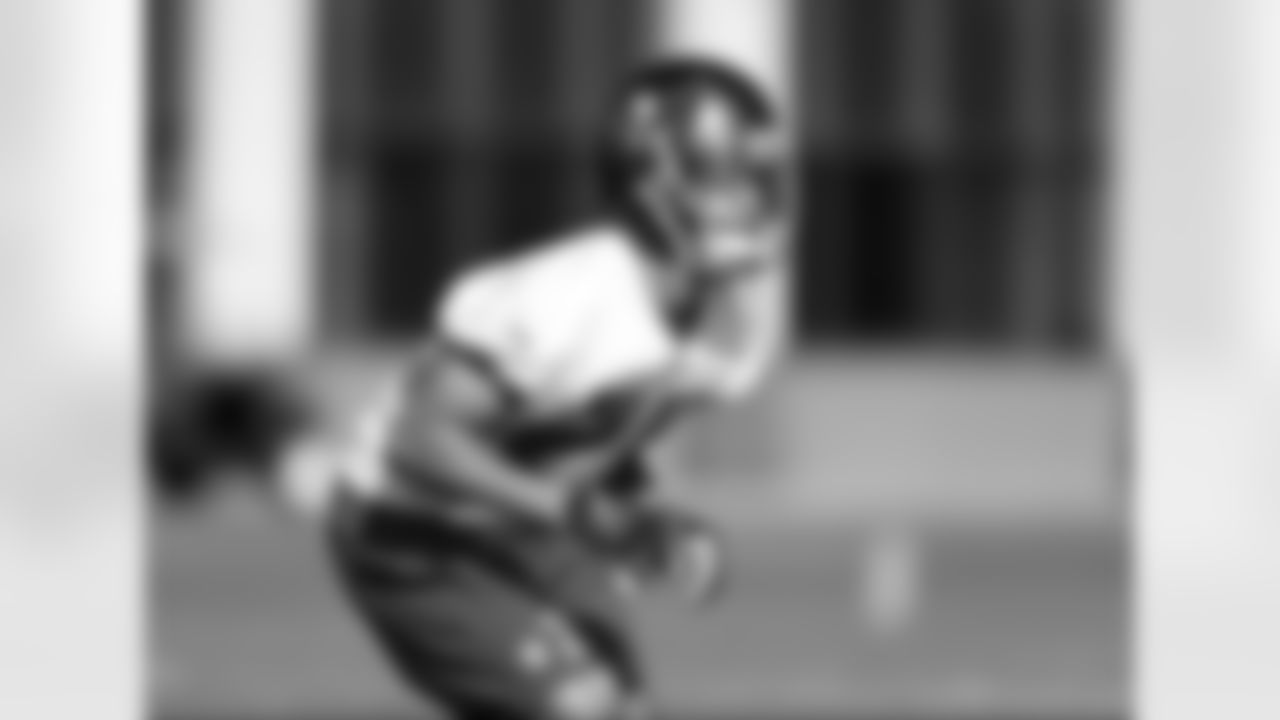
24 CB Brent Grimes

35 CB Javien Elliott

Secondary Coach Jon Hoke and #24 CB Brent Grimes

80 WR Myles White

28 CB Vernon Hargreaves

4 QB Ryan Griffin

27 CB Cody Riggs, #29 DB Ryan Smith, #30 S Bradley McDougald and #24 CB Brent Grimes

17 WR Donteea Dye

92 DE William Gholston

17 WR Donteea Dye
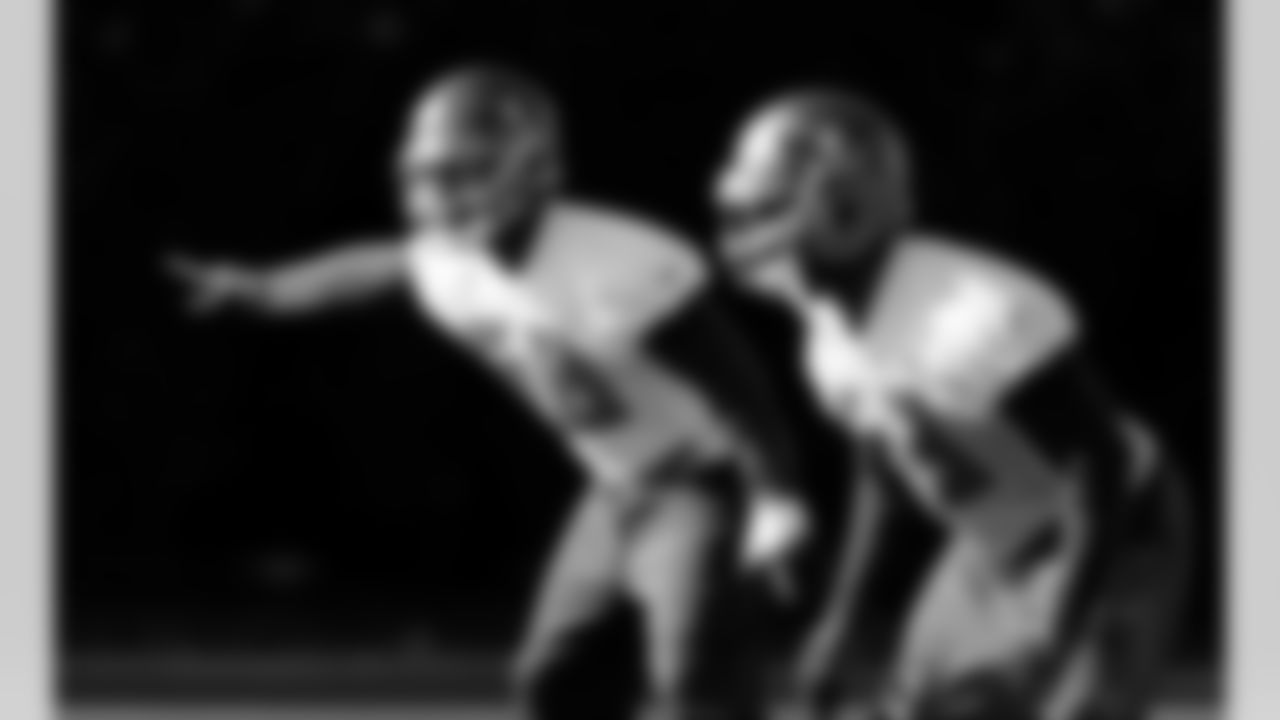
58 LB Kwon Alexander

HC Dirk Koetter

70 DT Sealver Siliga

22 RB Doug Martin and #3 QB Jameis Winston
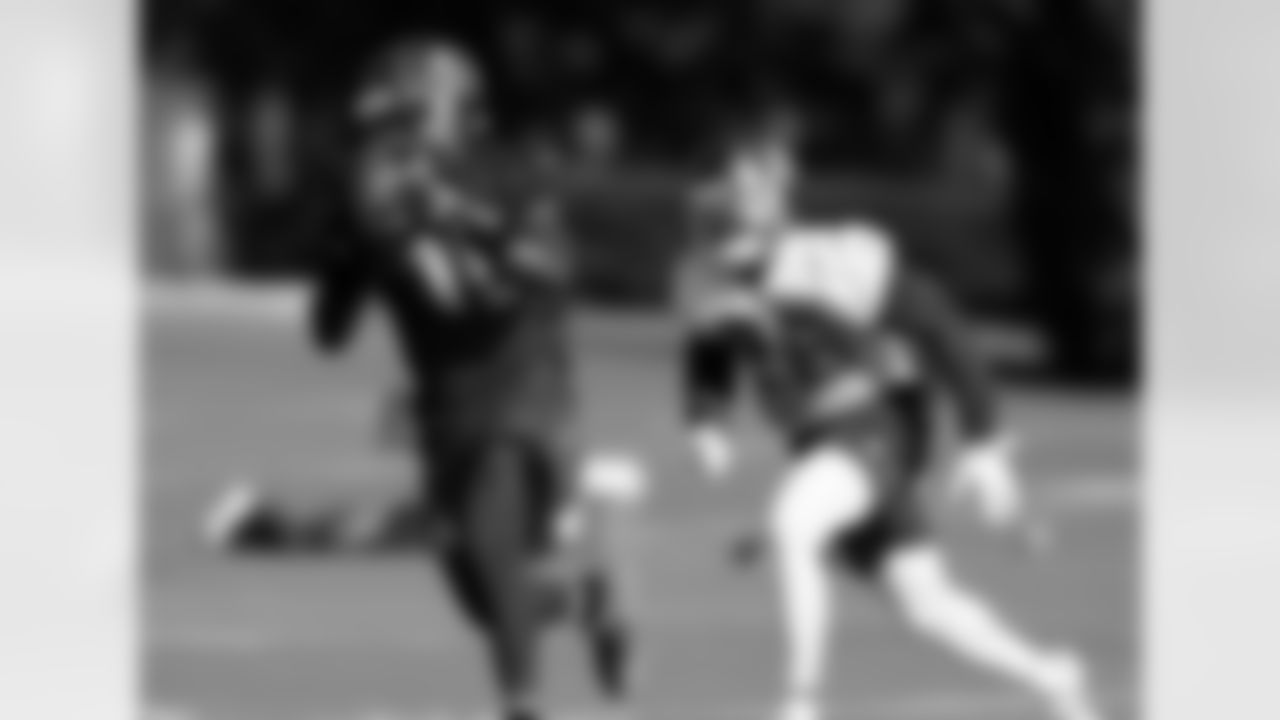
16 WR Freddie Martino and #28 CB Vernon Hargreaves
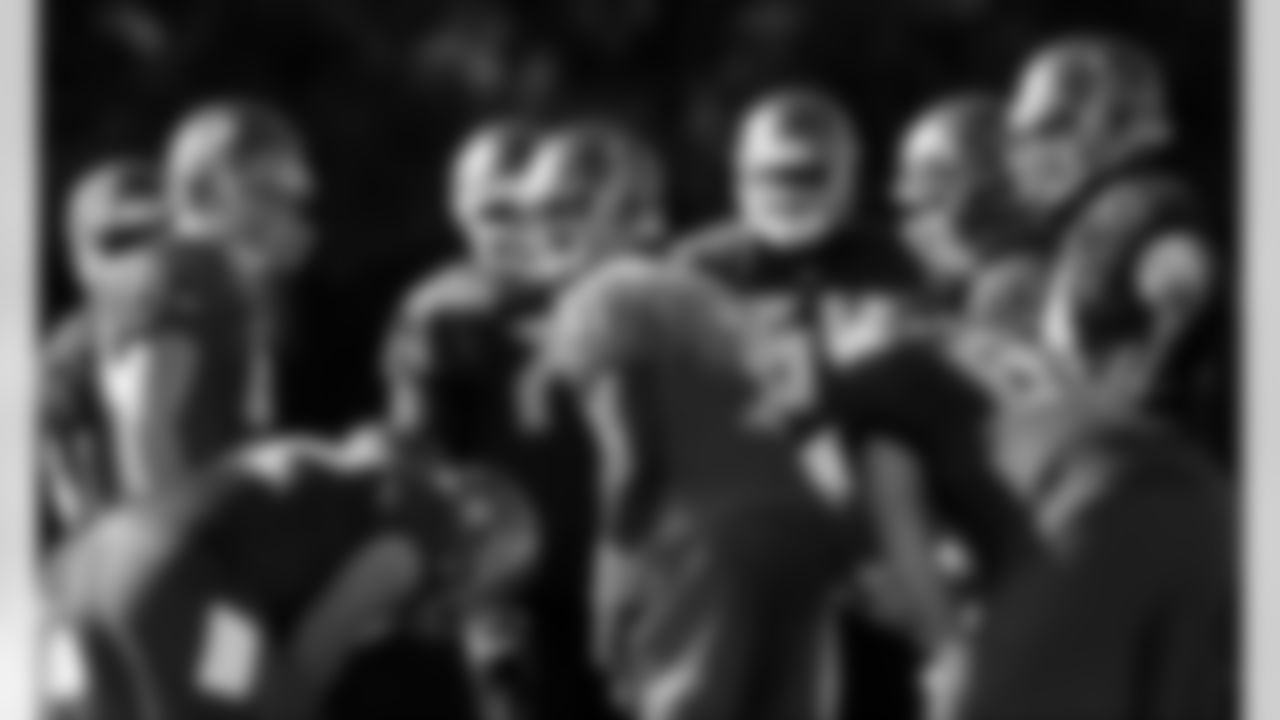
Bucs Practice
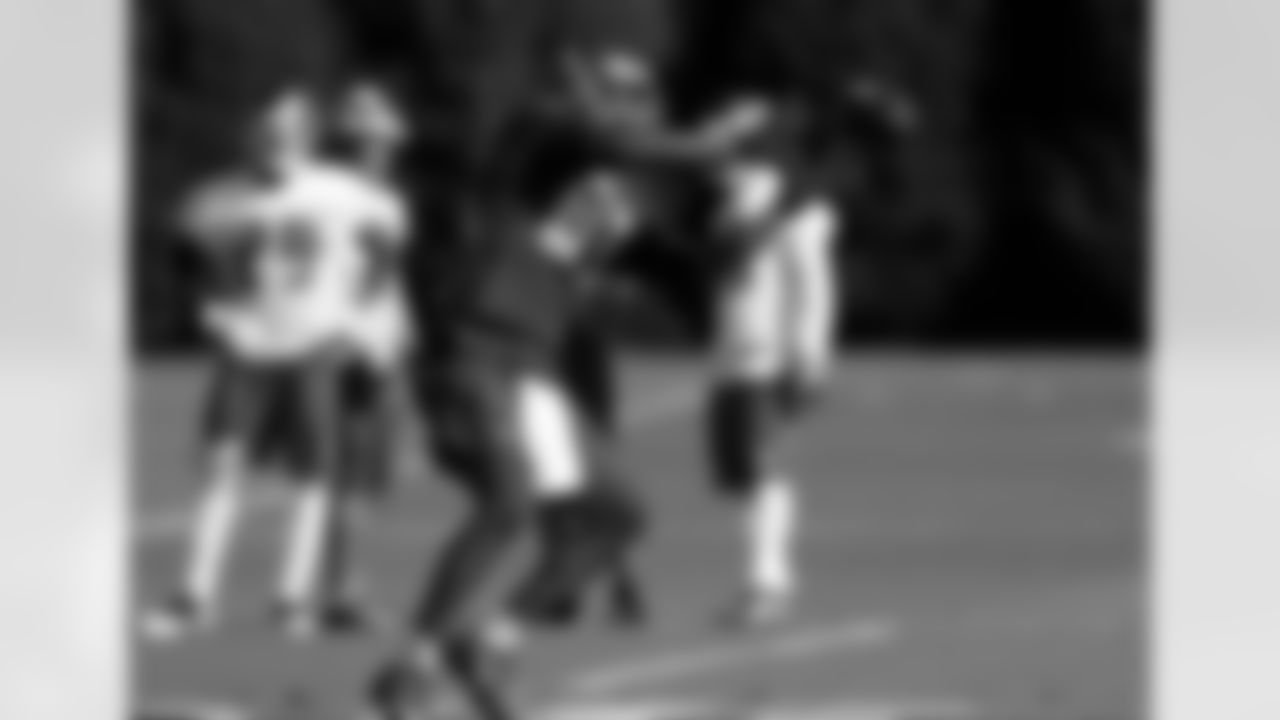
89 WR Russell Shepard
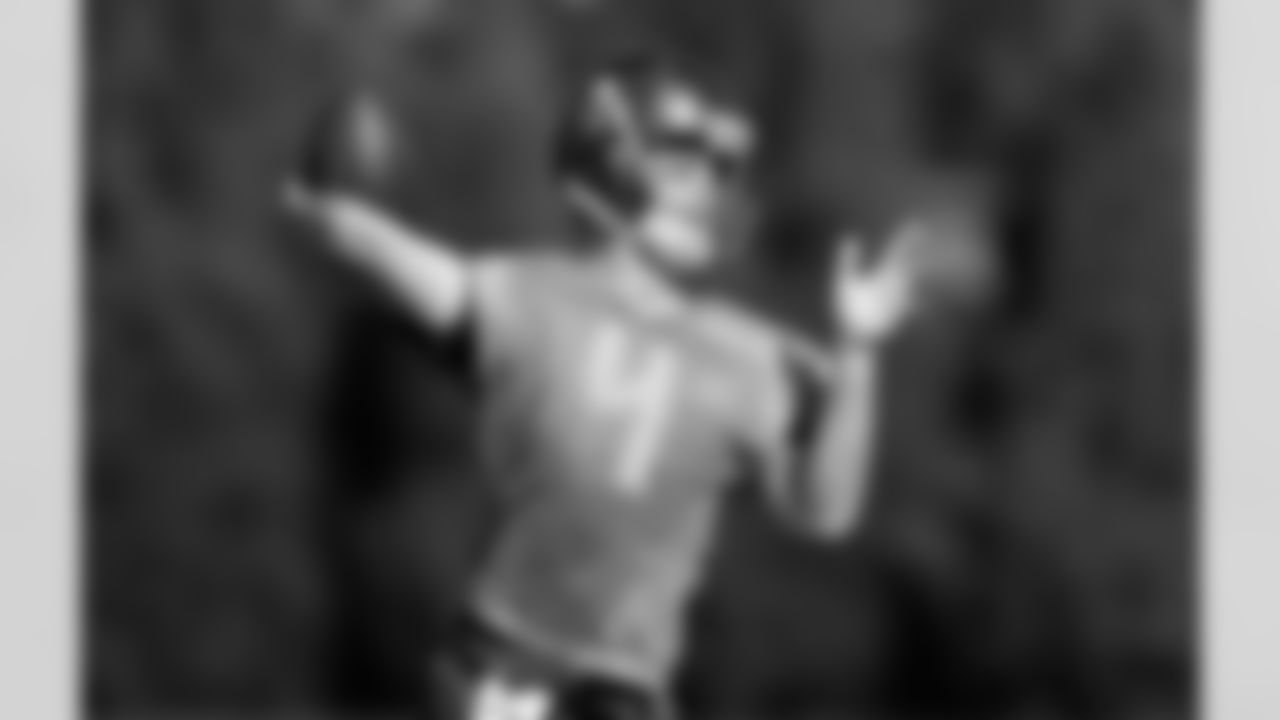
4 QB Ryan Griffin
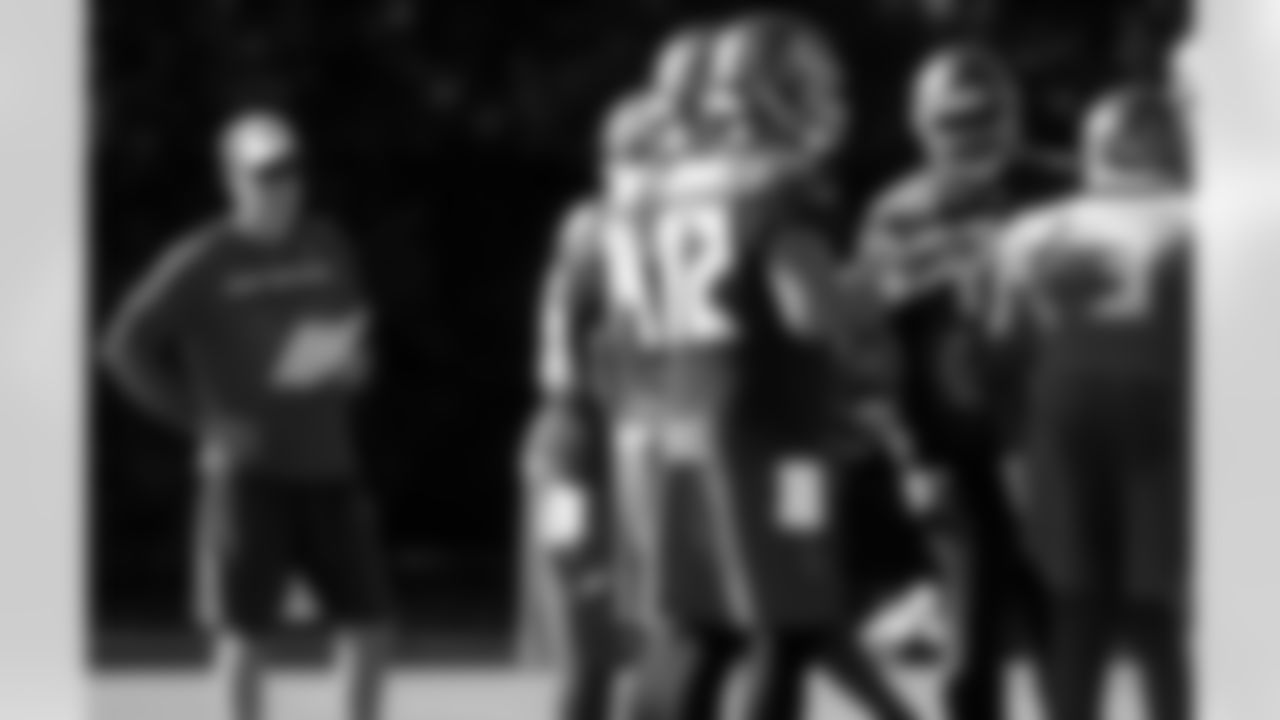
HC Dirk Koetter

92 DE William Gholston

18 WR Bernard Reedy and #3 QB Jameis Winston

22 RB Doug Martin and #76 T Donovan Smith
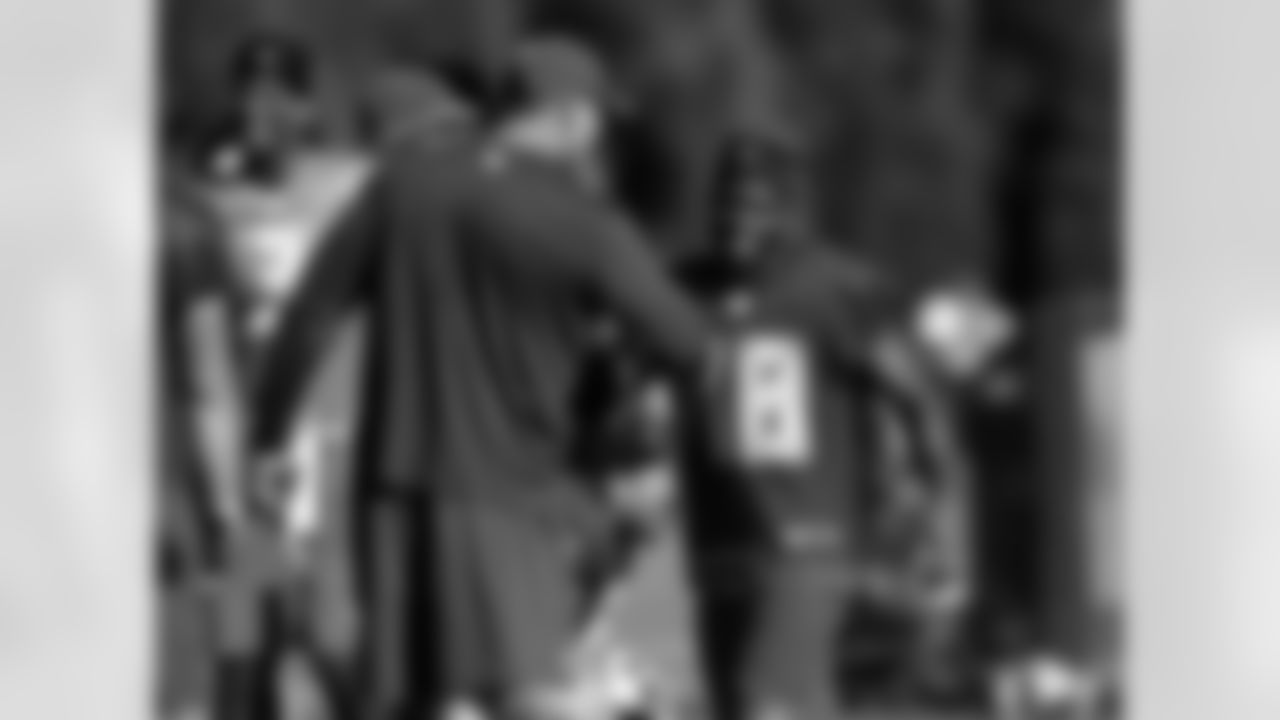
Offensive Quality Control Coach Ben Steele and #18 WR Bernard Reedy
For two years, injuries have decimated the Saints' cornerback corps. This year, for instance, New Orleans has already placed four cornerbacks on injured reserve (Kyle Wilson, P.J. Williams, Damian Swann and Jimmy Pruitt) and was without rising star Delvin Breaux for seven games due to an early-season broken leg.
Breaux, who has good size to match up with receivers like the Bucs' Mike Evans, has been back in a starting role the last two games. The other starting spot has been occupied by former Buccaneer Sterling Moore since Week Two; he wasn't signed by the Saints until five days before the season opener, after he had been released by Buffalo. Moore is tied with Vaccaro for the team lead with two interceptions.
As noted at the top, the Saints have played better defense when their opponents have neared their end zone. While they have allowed 5.8 yards per play overall to rank 26th in the league, the Saints have reduced that to 3.12 yards per play inside the 30 and 2.26 yards per play in the red zone. Those averages rank fourth and third-best in the NFL, respectively. In the most commonly used red zone stat, touchdown percentage, New Orleans ranks seventh on defense, allowing a TD rate of 51.2% on drives of that variety.
SPECIAL TEAMS

New Orleans' kicking duo is made up of a strong-legged rookie placekicker and an extremely accomplished veteran punter.
The kicker is Wil Lutz, who originally entered the NFL this spring as an undrafted free agent with Baltimore. Given that the Ravens have perhaps the league's best kicker in Justin Tucker, it's no surprise that he didn't stick in Charm City, but his waiver by Baltimore was the Saints' gain. They signed Lutz on Sept. 6, five days before the opener, and have enjoyed most of the results since, particularly on long-range attempts.
Overall, Lutz has not given the Saints a great field goal percentage, as he ranks 30th in the league with a 75% success rate (18 of 24). But he's made 11 of his last 13 and has impressed with some important deep kicks. Against Carolina on Oct. 16, Lutz nailed a 52-yarder with 13 seconds left to give the Saints a 41-38 victory. He also made all four tries, including a 53-yarder, in a 25-20 downing of Seattle in Week Seven and blasted a successful 57-yarder against Atlanta in Week Three.
Lutz also handles kickoffs for the Saints, though his 54.5% touchback percentage ranks 22nd in the NFL. This plus kickoff coverage has not been a strength for New Orleans, as the average drive start for their opponents after kickoffs ranks 26th in the league.
Punter Thomas Morstead continues to be a standout at his position, as he has been since the Saints drafted him in the fifth round in 2009. Morstead ranks second in NFL history in gross punting average (46.9) and third in net punting average (41.1) and he's having another strong season in 2016. At 48.2 and 42.4 in gross and net, respectively, he's fifth in both categories. Opposing teams have only averaged 7.6 yards per punt return even though they've called for a relatively low six fair catches all year.
Undrafted rookie wide receiver Tommylee Lewis is giving the Saints good results in the punt return game, as he has averaged 13.1 yards on 11 runbacks, including a 59-yarder against Carolina. However, New Orleans has struggled on kickoff returns, averaging just 16.1 yards per runback as a team while trying out four different candidates. The Saints are dead last in the NFL in where they start drives after kickoffs, opening up at an average of their own 23.1-yard line. Of course, that simply gives Drew Brees more field to cover.


































